This Wednesday, February 23, the renovated premises of the INRA Bourgogne-Franche-Comté Center located south of Dijon were inaugurated in the presence of the President of the Region and the Prefect of the Côte-d’Or. “Here, it is the future of our agriculture that is made,” said Marie-Guite Dufay.
 The old pigsty has become a research laboratory. The old barn has been transformed into offices to accommodate researchers or students from all over France. The former priory now houses a large meeting room.
The old pigsty has become a research laboratory. The old barn has been transformed into offices to accommodate researchers or students from all over France. The former priory now houses a large meeting room.
In Bretenière, south of Dijon, the National Research Institute for Agriculture, Food and the Environment (INRAE) has received assistance from the Bourgogne-Franche-Comté Region and the European Union to renovate the Époisses estate.
There, over 140 hectares, the INRAE Bourgogne-Franche-Comté center – a European benchmark for research on agro-ecological cropping systems – conducts field experiments to envisage a more sustainable future for agriculture.
Inauguration of the renovation of the INRAE site in Bretenière
This Wednesday, February 23, 2022, Marie-Guite Dufay (PS), president of the Burgundy-Franche-Comté regional council, Fabien Sudry, prefect of the Côte-d’Or, and Philippe Mauguin, president and CEO of INRAE inaugurated the new buildings.
Around them were Laëtita Martinez (PS), vice-president of the regional council in charge in particular of research, and Marie-Hélène Juillard-Randrian (without label), vice-president of Dijon Métropole in charge in particular of research, as well as representatives of the Regional Directorate for Food, Agriculture and Forestry, the network of chambers of agriculture, Dijon Céréales, Vitagora, Agrosup and the University of Burgundy.
“Dealing with the challenge of agroecological transition”
“This experimental unit makes it possible to deal with the challenge of agroecological transition by producing knowledge on the reduction of the use of pesticides, on the preservation of biodiversity by mobilizing and strengthening biological regulations, but also by resorting to varietal innovation. to produce varieties that are adapted to these agro-ecological systems”, explains Nathalie Munier-Jolain, president of the INRAE center in Bourgogne-Franche-Comté, welcoming the delegation.
“It is a research platform in the same way as molecular biology laboratories. (…) A combine harvester with a chaff collector is research equipment in the same way as a mass spectrometer”, she claims.
Preparing innovations for “a competitive agricultural economy”
“Here, it is the future of our agriculture that is made. An agriculture that is in complete transition. Who says transition, says rupture. (…) These ruptures must be supported. To prepare them, it is research that makes it possible to test the right processes, the right products, the innovations on which a competitive agricultural economy of tomorrow will be able to continue to assert itself, ”says Marie-Guite Dufay in her turn.
“The Region has made ecological transition the backbone of all its public policies and you can well imagine the concern we have with regard to agriculture. Our farmers, who are involved in this movement, we absolutely have to help them. That’s what we do,” she adds.
“The challenge is the link with our agricultural professionals”
“It’s a great chance for the agglomeration of Dijon, in the broad sense of the term, for the Côte-d’Or and for the region of Bourgogne-Franche-Comté to have an establishment of this nature with several establishments on this region,” says Fabien Sudry.
“The challenge is the link with our agricultural professionals so that this innovation on agricultural transition, ecological transition, on agroecology”, he analyzes.
“Important levers for the evolution of current agriculture”
Throughout France, INRAE has 42 experimental units totaling 10,000 hectares, including 8 units dedicated to field crops. That of Bretenière has the particularity of having a soil profile representative of the east of France.
Over the centuries, the site has known several lives… monastery of monks of the order of Grandmont in the 12th century, farm of a general of Napoleon after the French Revolution then site of agronomic studies of the Paris- Lyon-Marseille at the beginning of the 20th century.
In the 1950s, INRA acquired the Époisses estate to experiment with plant varieties adapted to post-war production conditions. Since 2000, trials have begun to develop innovative cropping systems that are less dependent on the use of phytosanitary products.
Joining the challenges of food sovereignty and sustainable development, the project which was defined in 2017 leads to conduct “an experimental project in agroecological transition”, as Pascal Marget, director of the experimental unit, underlines.
About twenty agents work permanently on the site under the supervision of three scientific departments of the institute: biology and improvement of plants, agroecosystems and health of plants and environment.
The unit has become the support for the CA-SYS (Co-designed Agroecological System Experiment) experimental platform, the principle of which is “to design pesticide-free agricultural systems using cultivated and wild diversity as a means of production”. Systems that will then be evaluated to establish their feasibility and performance (find the presentation brochure). According to Pascal Marget, these are “important levers for the evolution of current agriculture”.
In terms of agricultural practices, the cultivation of cereals without tillage with direct seeding (practice pertaining to soil conservation agriculture) is compared to cultivation with tillage (itself with or without nitrogen input).
Researchers, students, farmers, teachers, advisers… make up around 500 visitors to the site each year.
Funding from the Region and European funds
The renovation budget amounts to 4.4 million euros financed by the Bourgogne-Franche-Comté Region (1.8 million euros), the European Union (1.4 million euros) and the INRAE (1.2 million euros). The site has been upgraded and energy efficient.
Under the watchful eye of the Lyon architect firm CBXS, three buildings have been rehabilitated, two have been demolished and three extensions have been carried out in a logic of re-architecture. Local companies were mainly mobilized from July 2018 to October 2020.
In addition to the initial funding, the France Relance plan enabled the installation of charging stations for electric vehicles as well as a heat pump to replace the old oil-fired boiler (i.e. an envelope of 20,000 euros taking into account the charging stations located on the Dijon site).
At the national level, in 2020, INRAE embarked on the implementation of an environmental management system (EMS) for which the Bretenière experimental unit is “exemplary”.
Jean-Christophe Tardivon
INRAE’s experimental units constitute “a farm for the general interest”, according to Philippe Mauguin
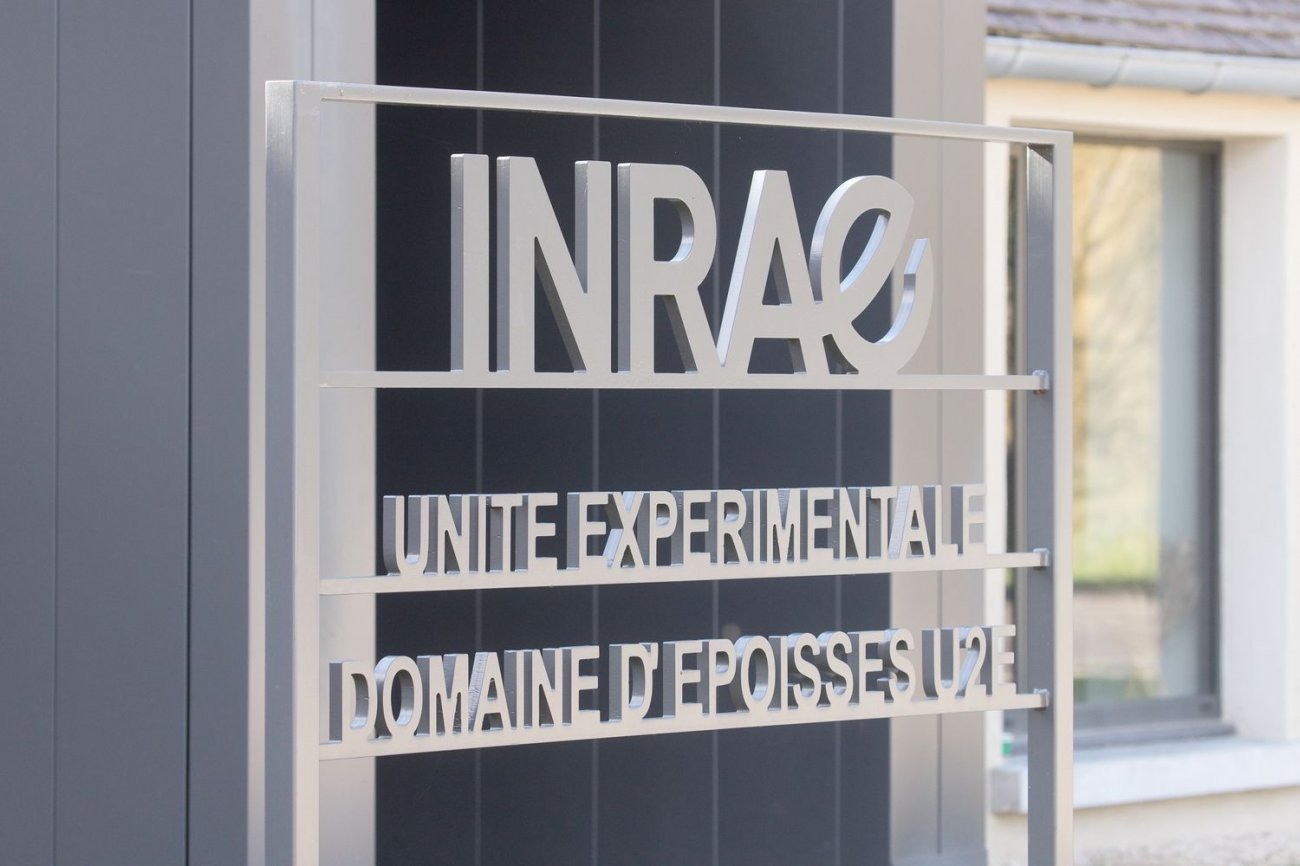
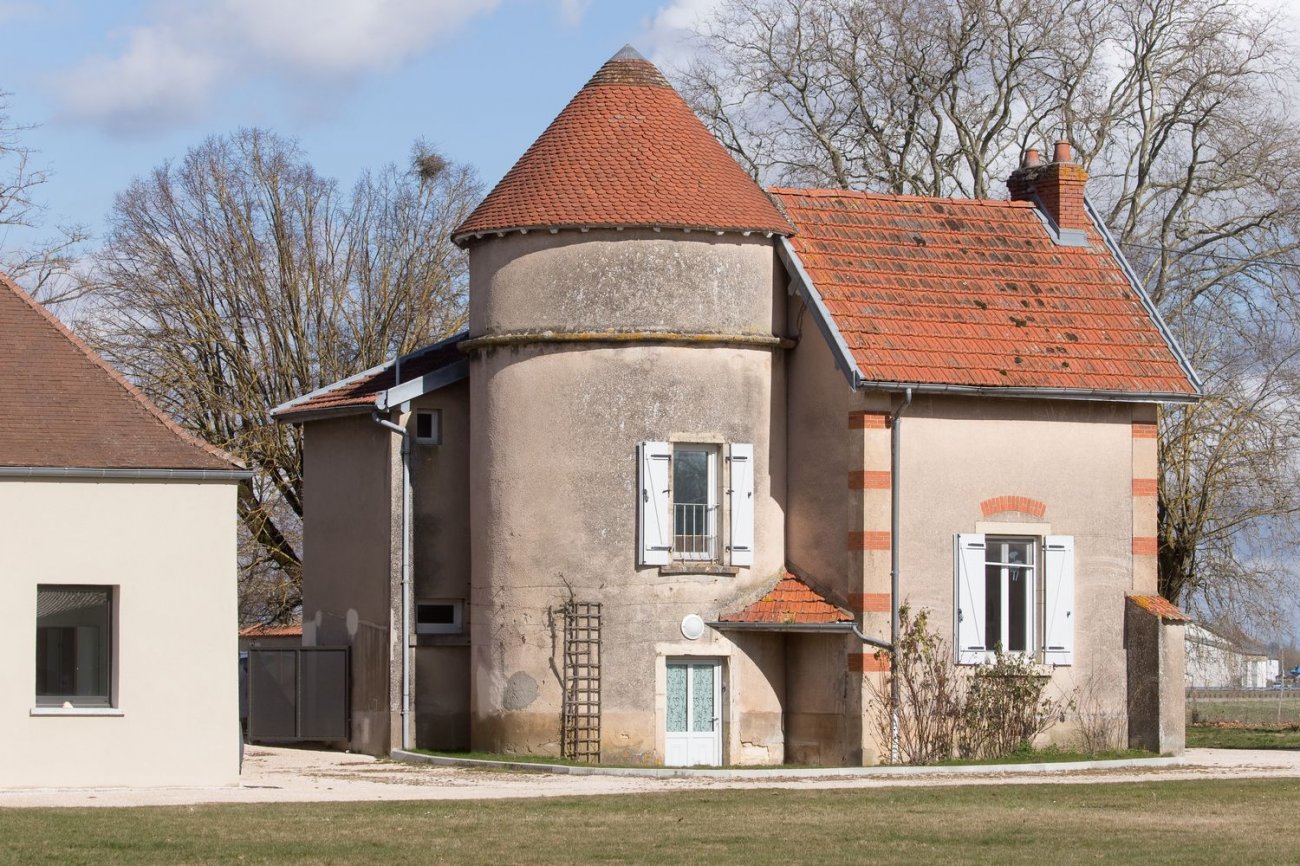
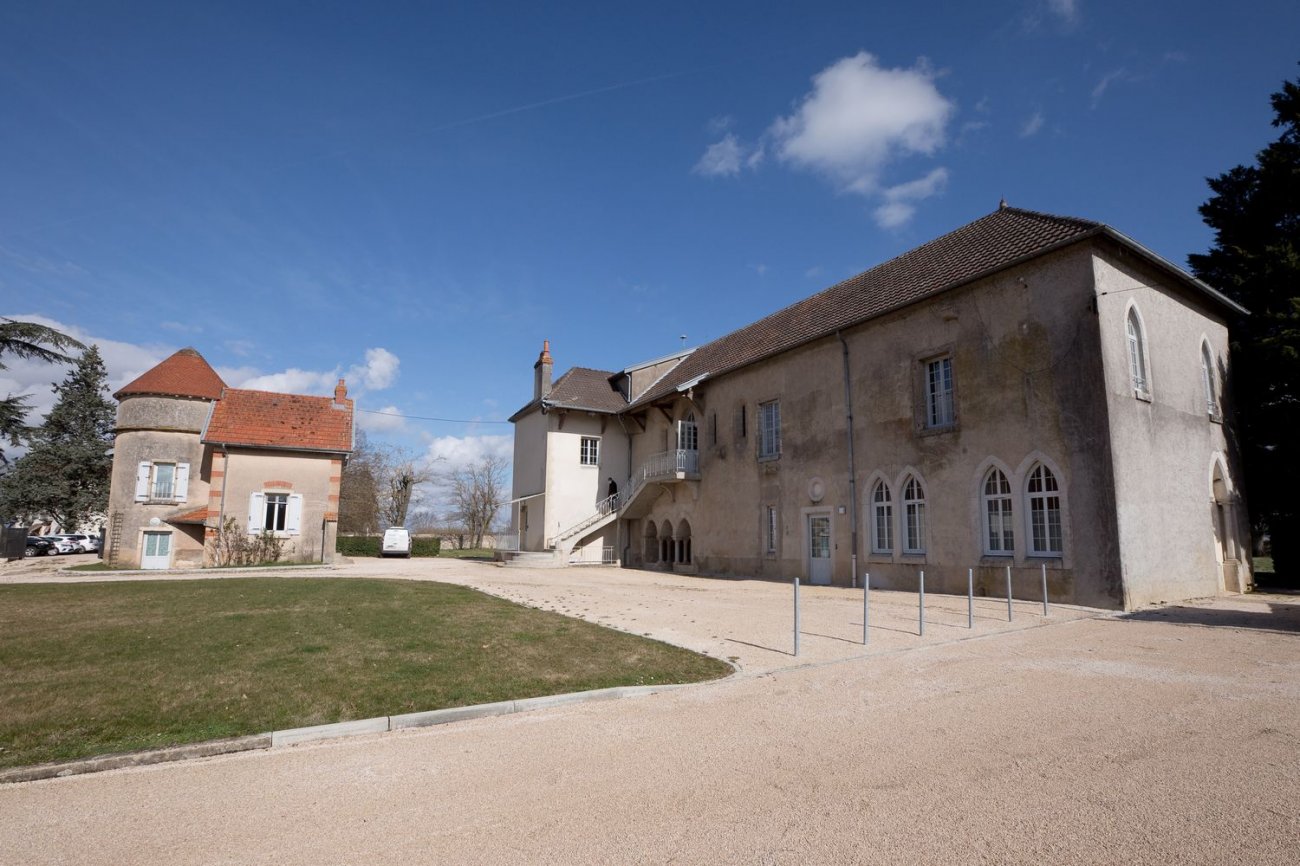
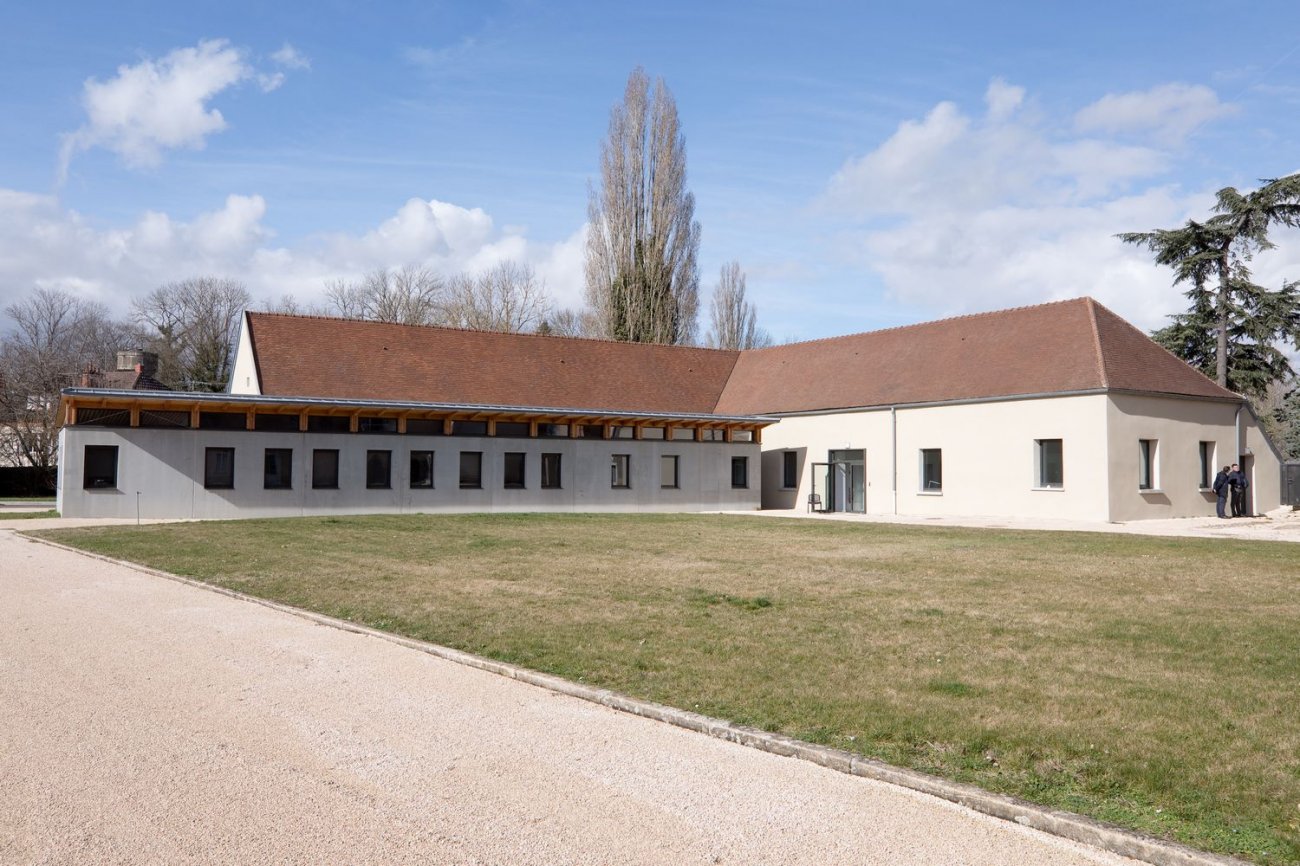
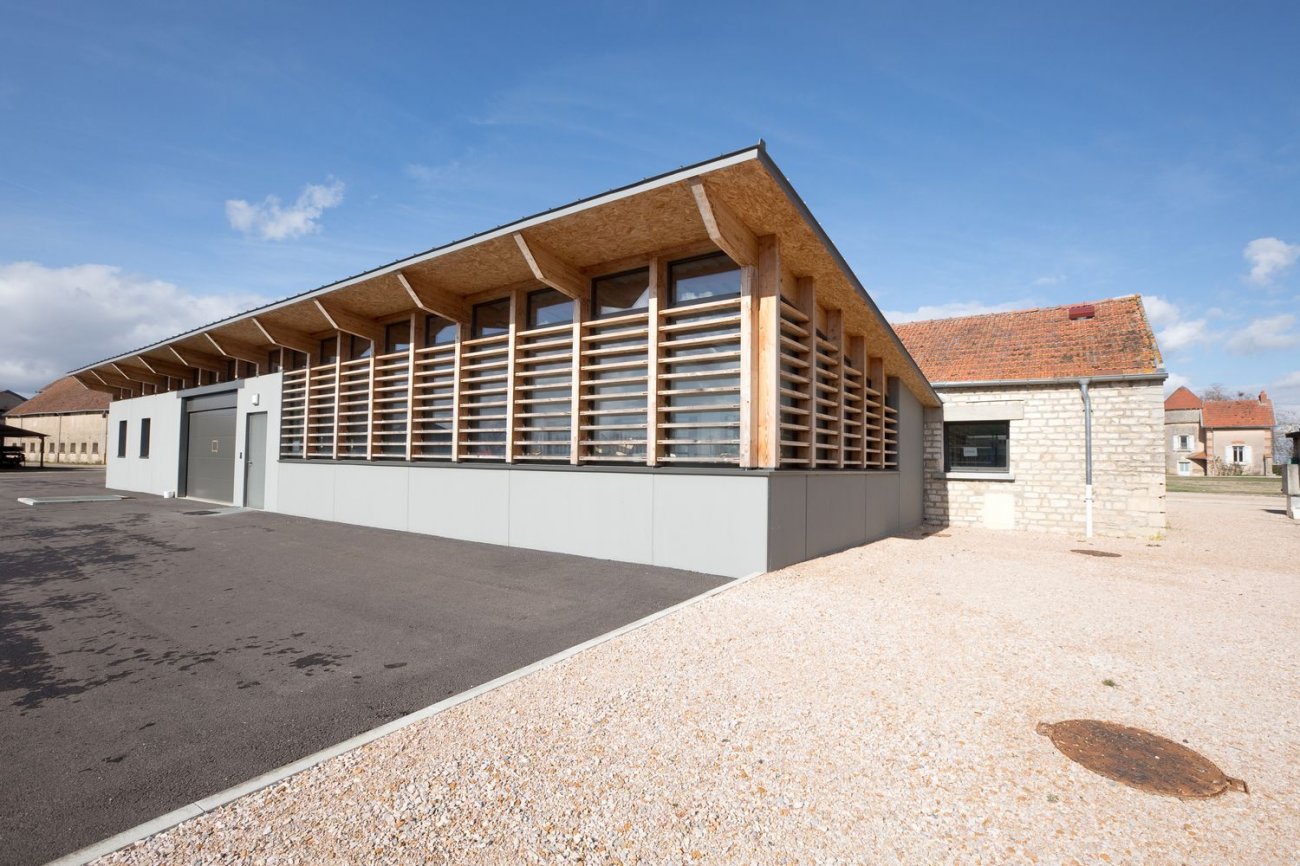
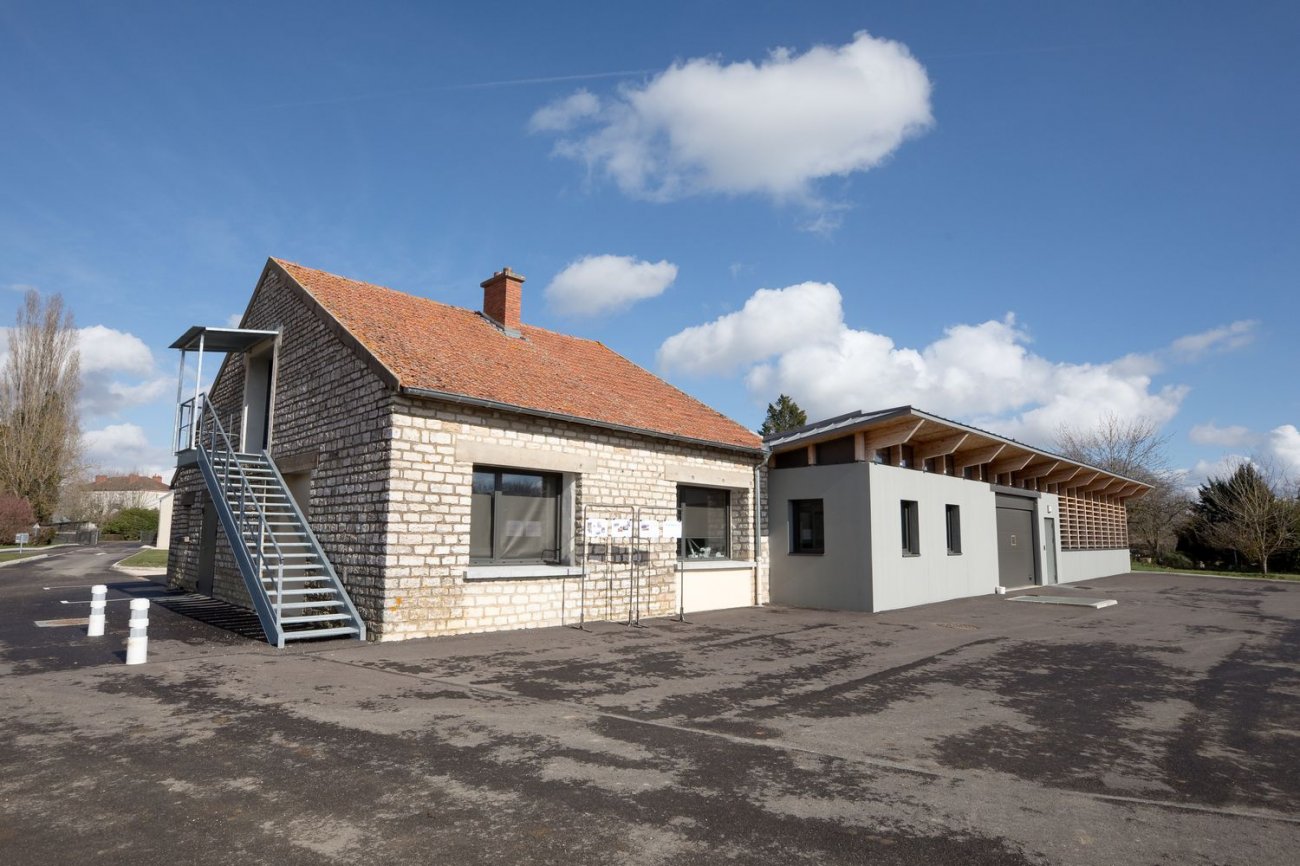

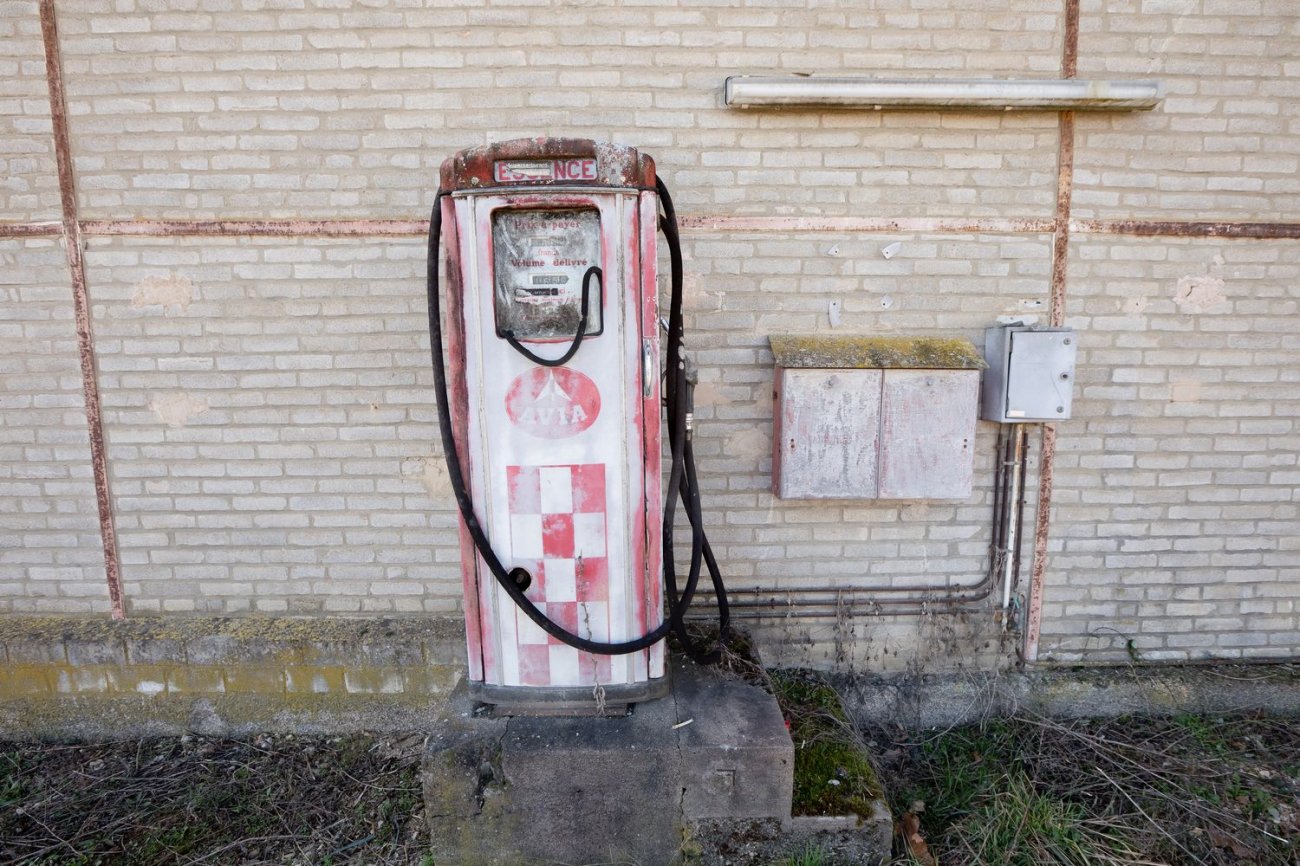
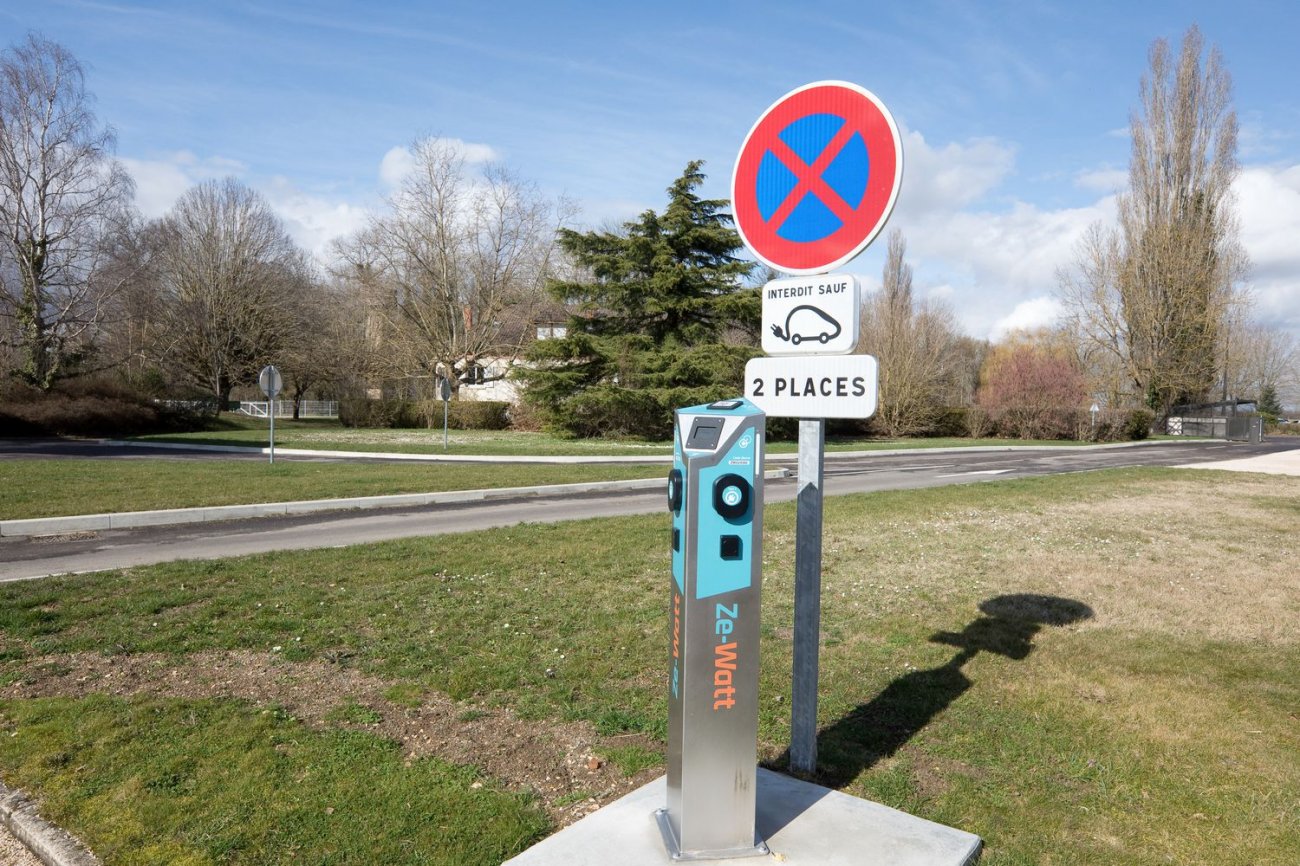
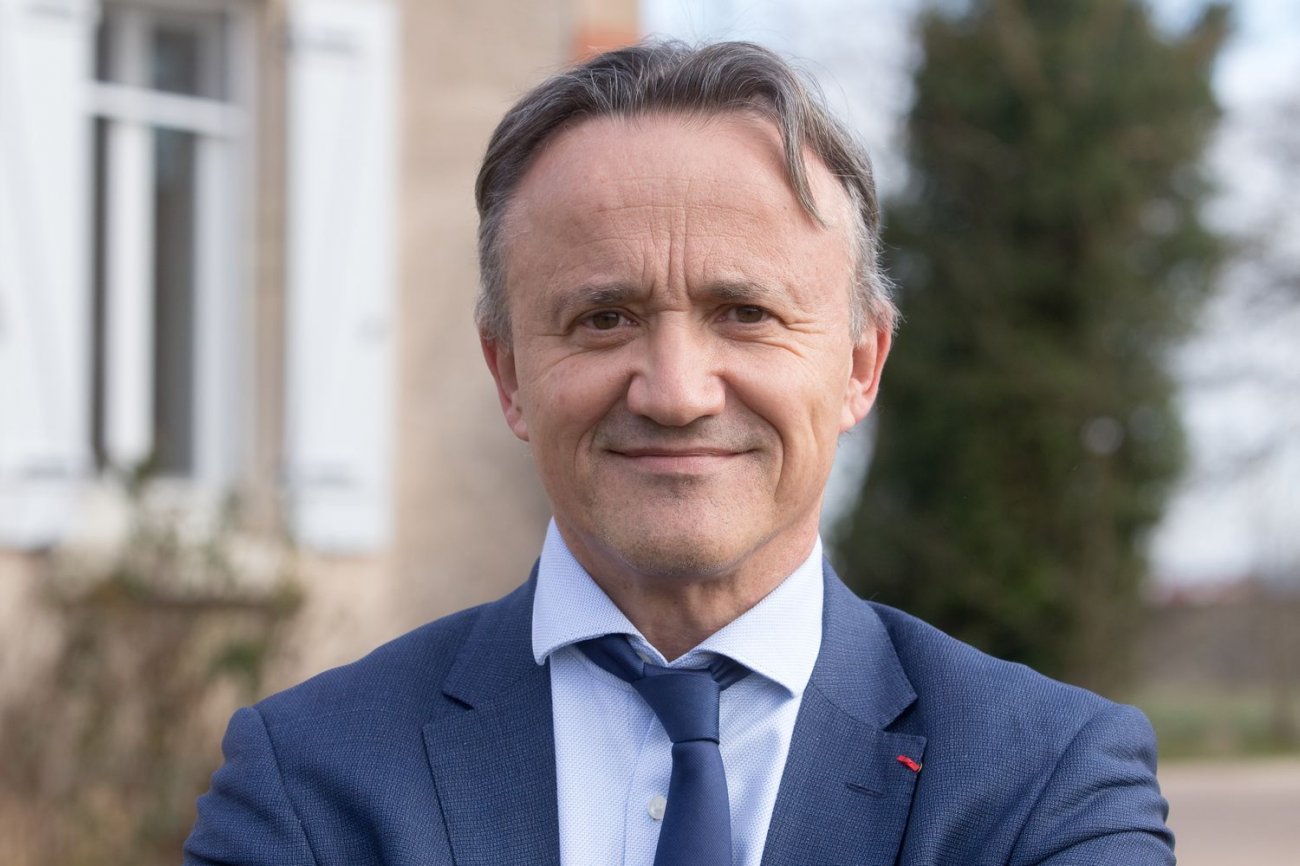

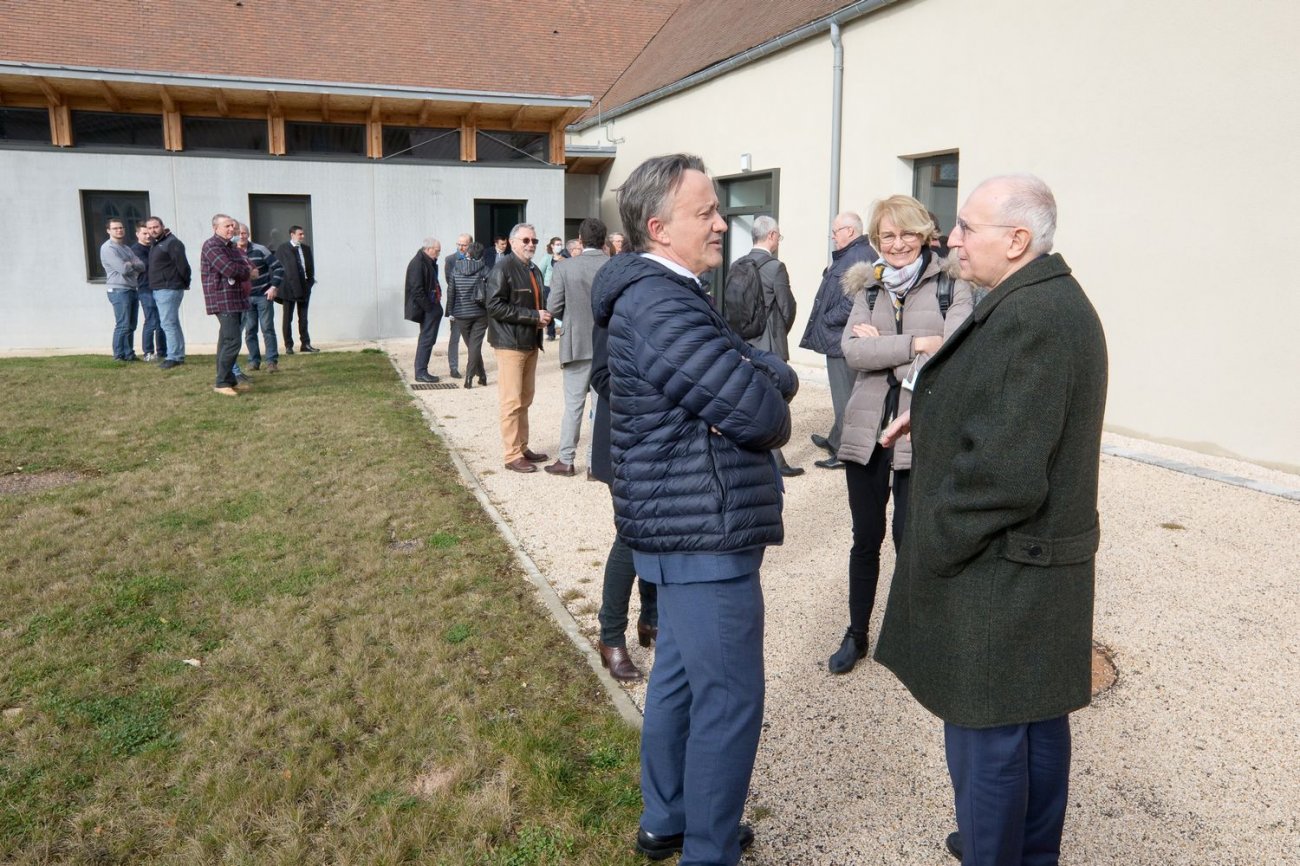

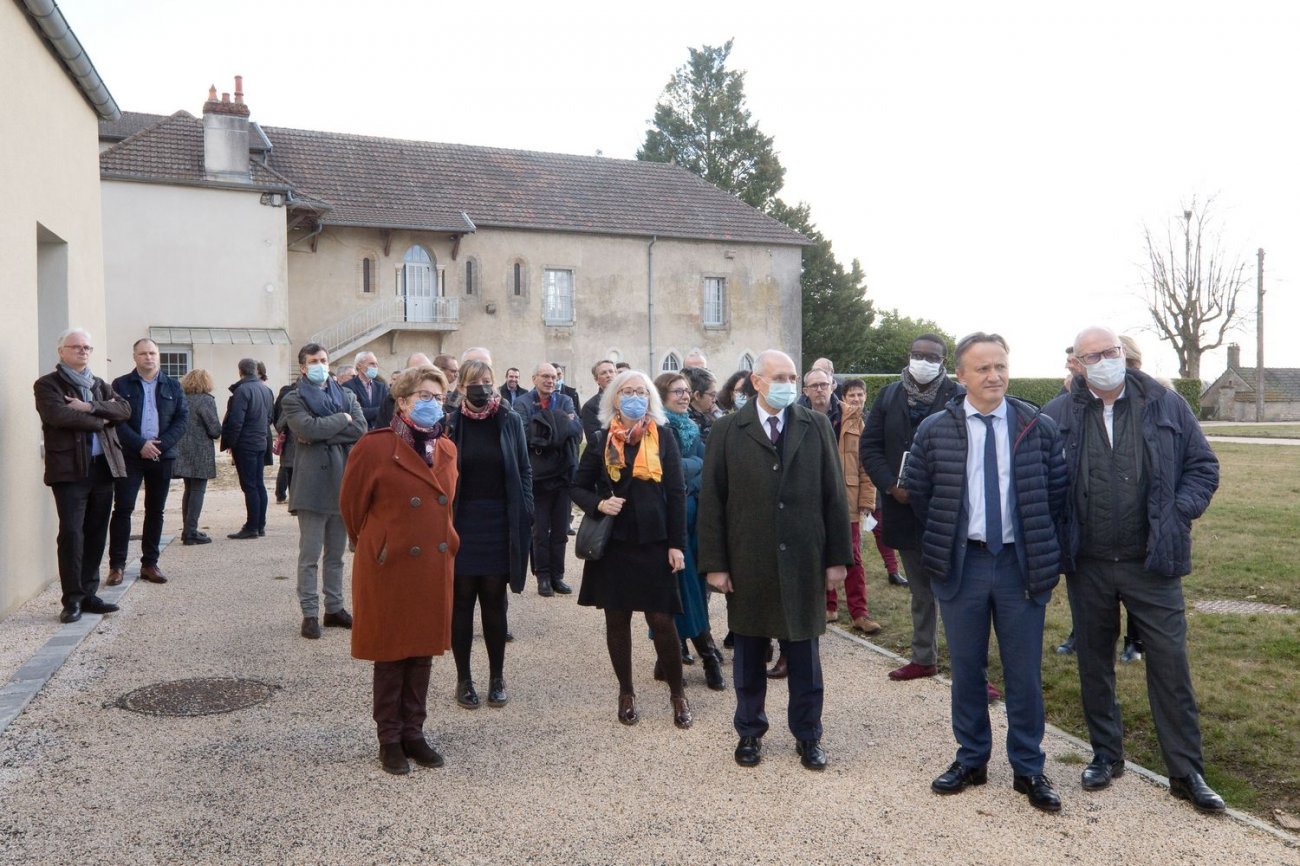

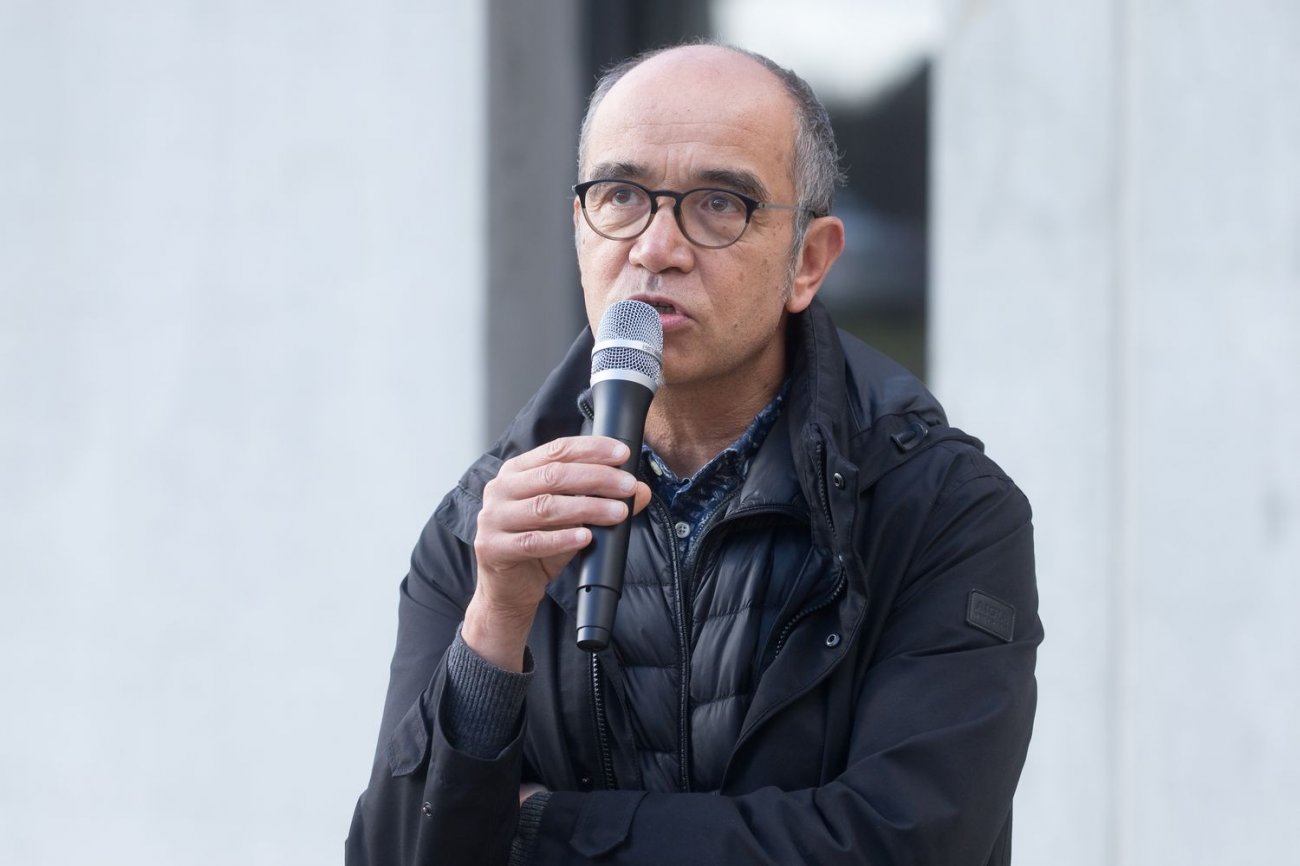
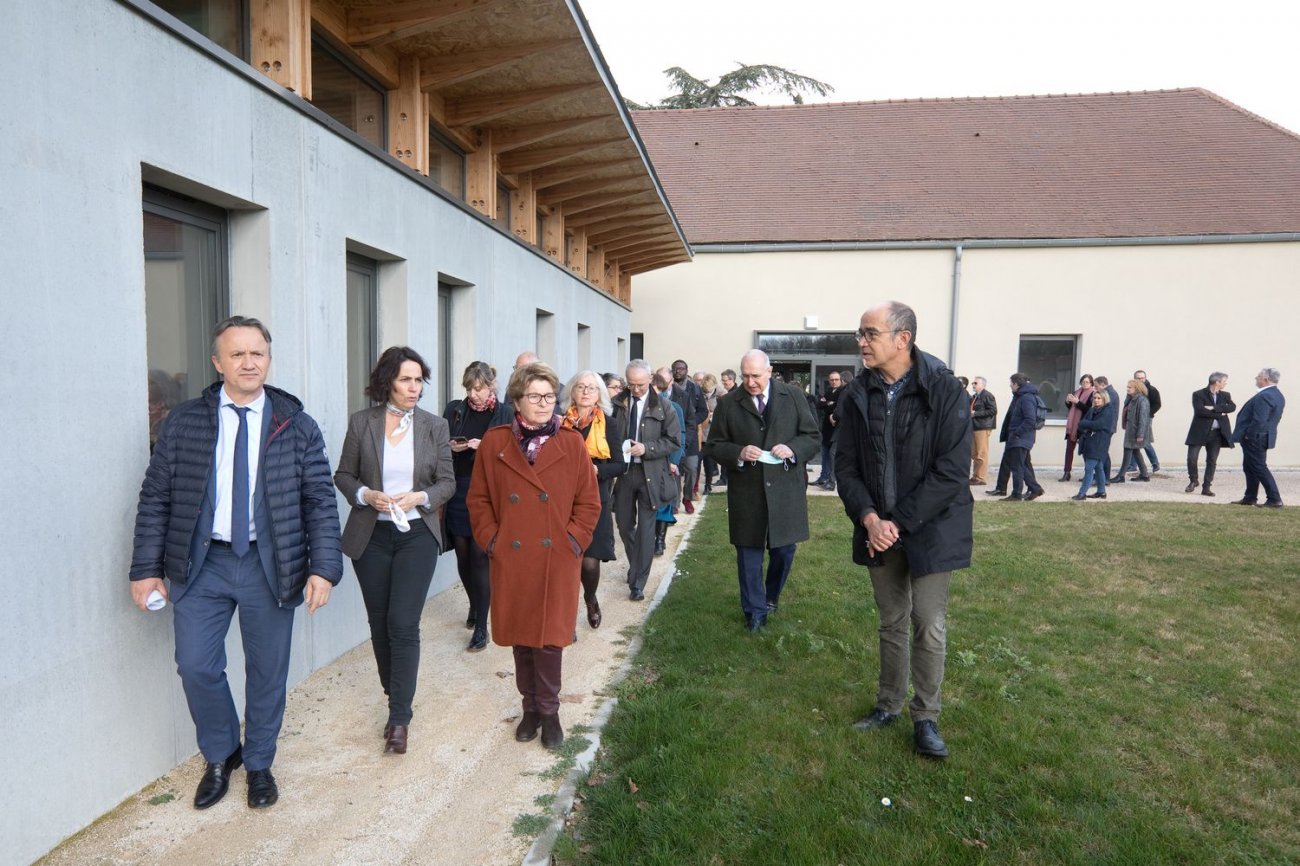


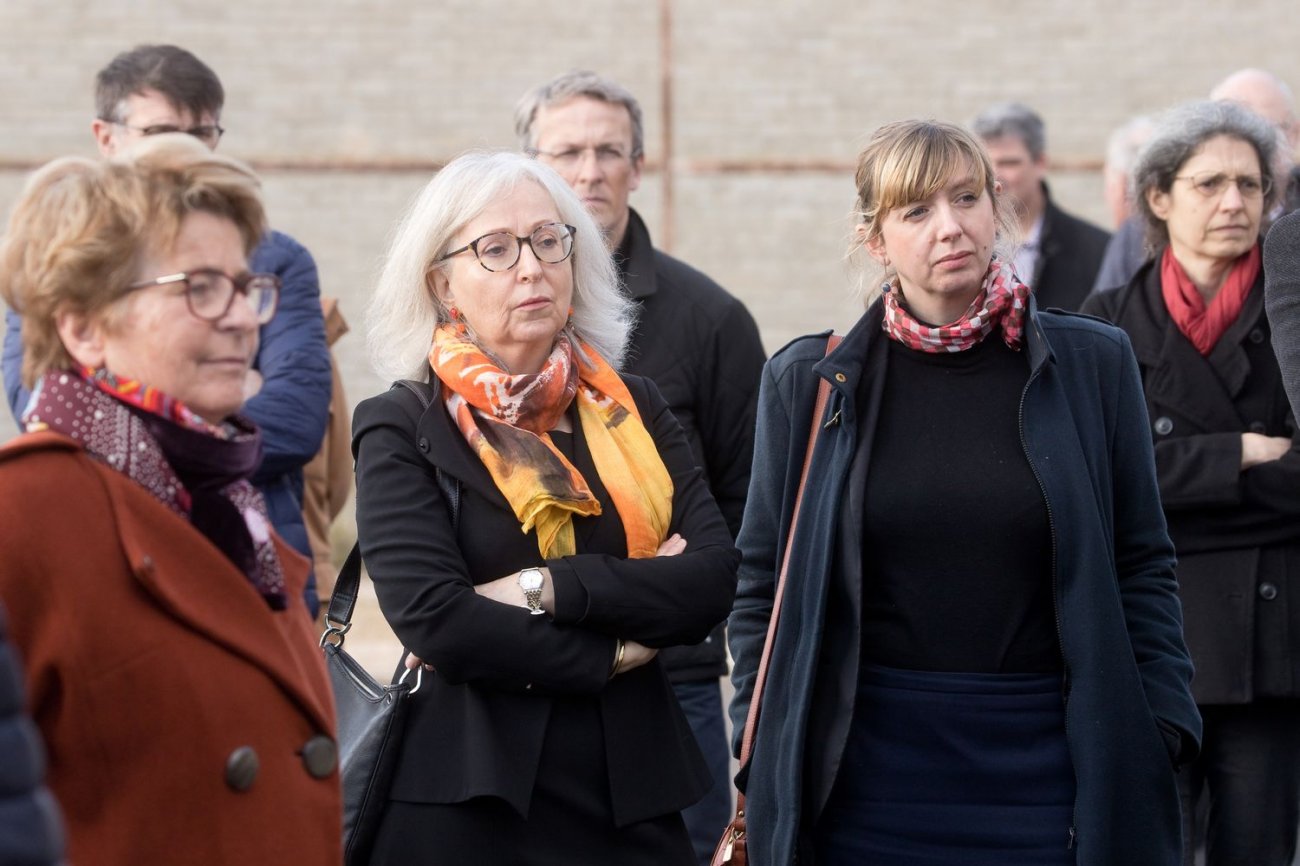
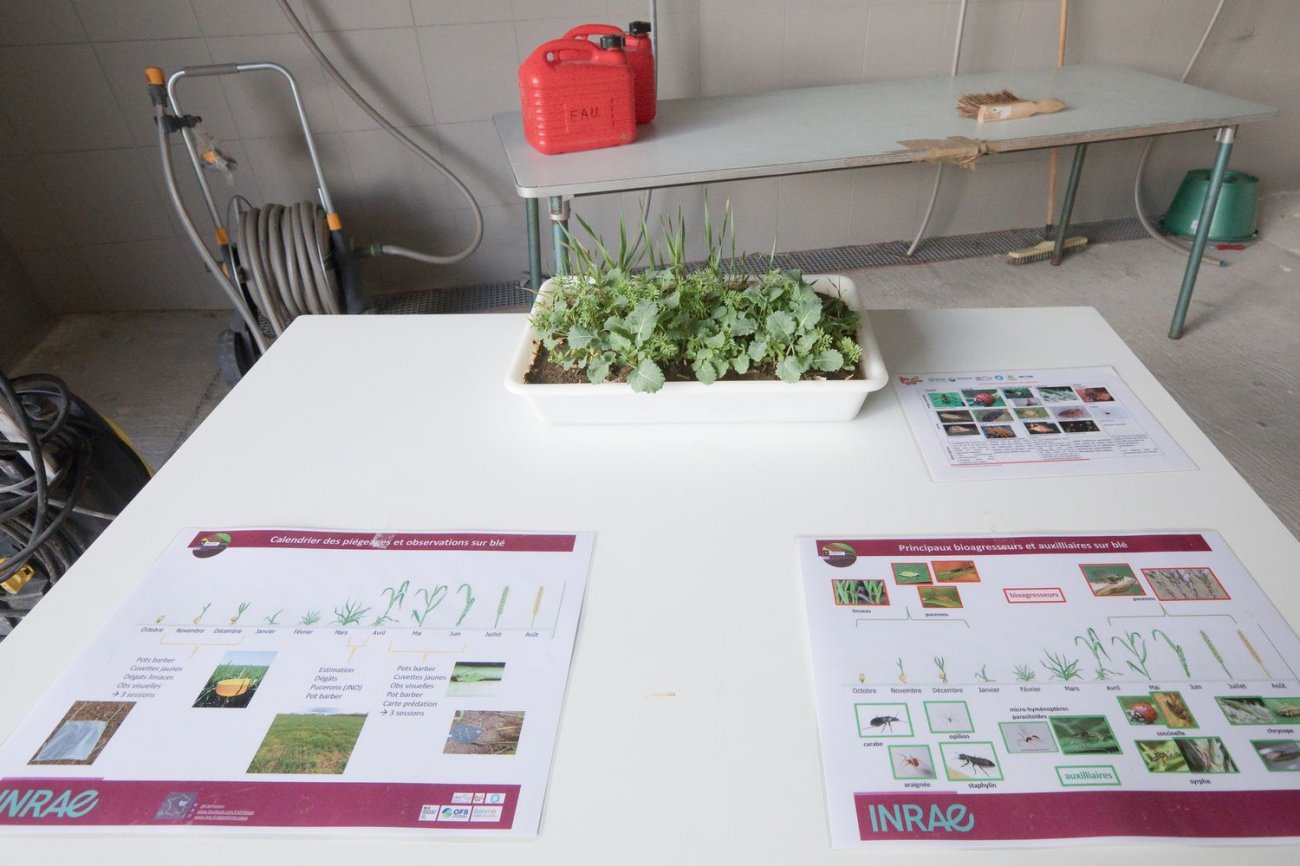
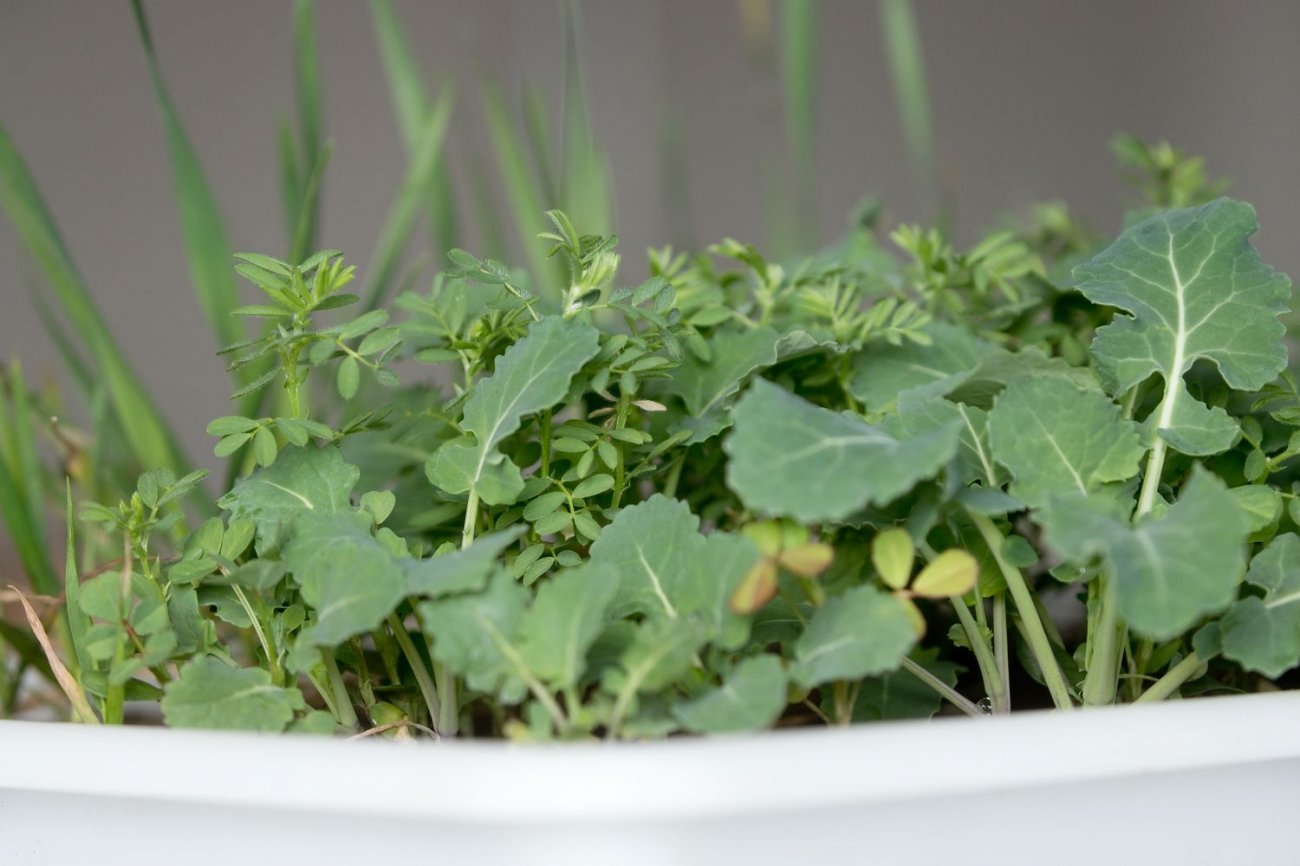
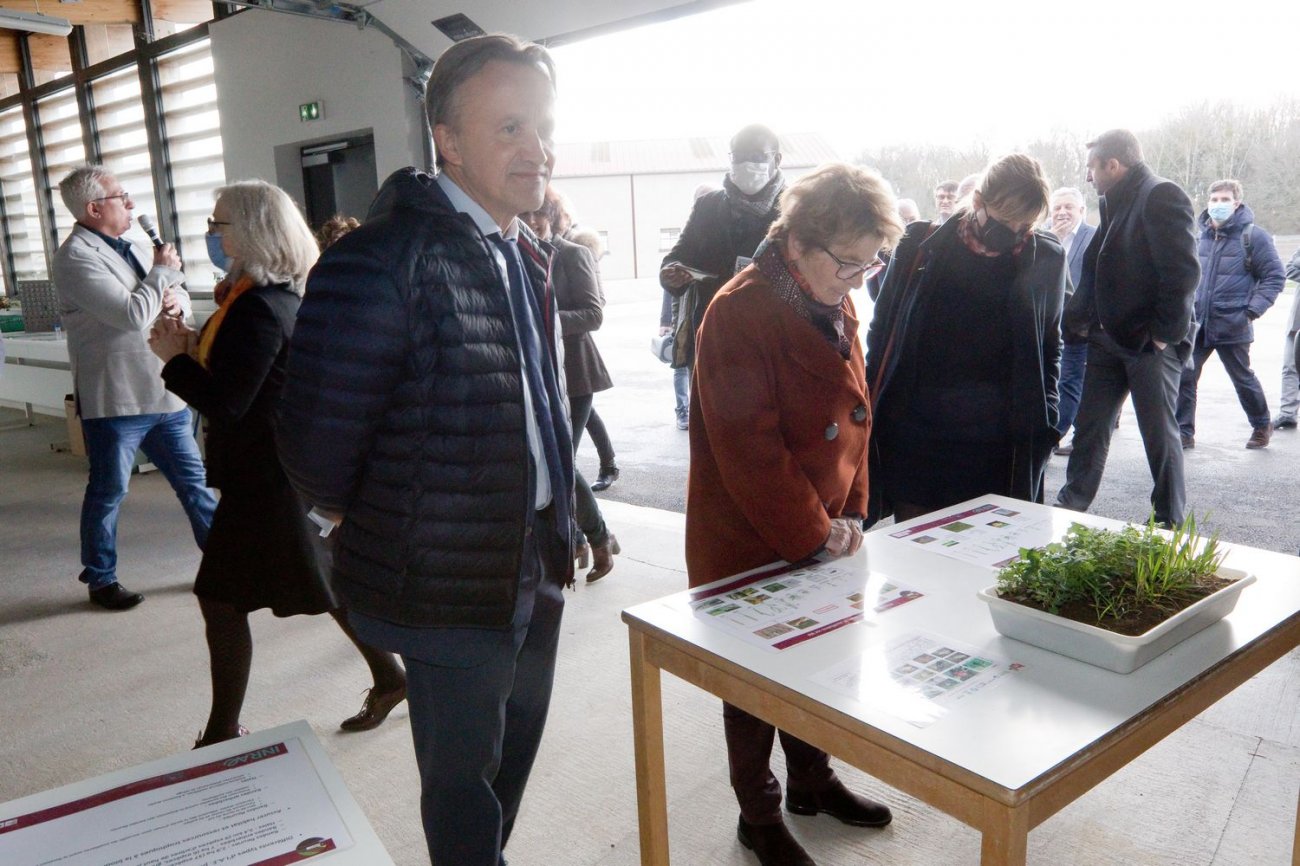
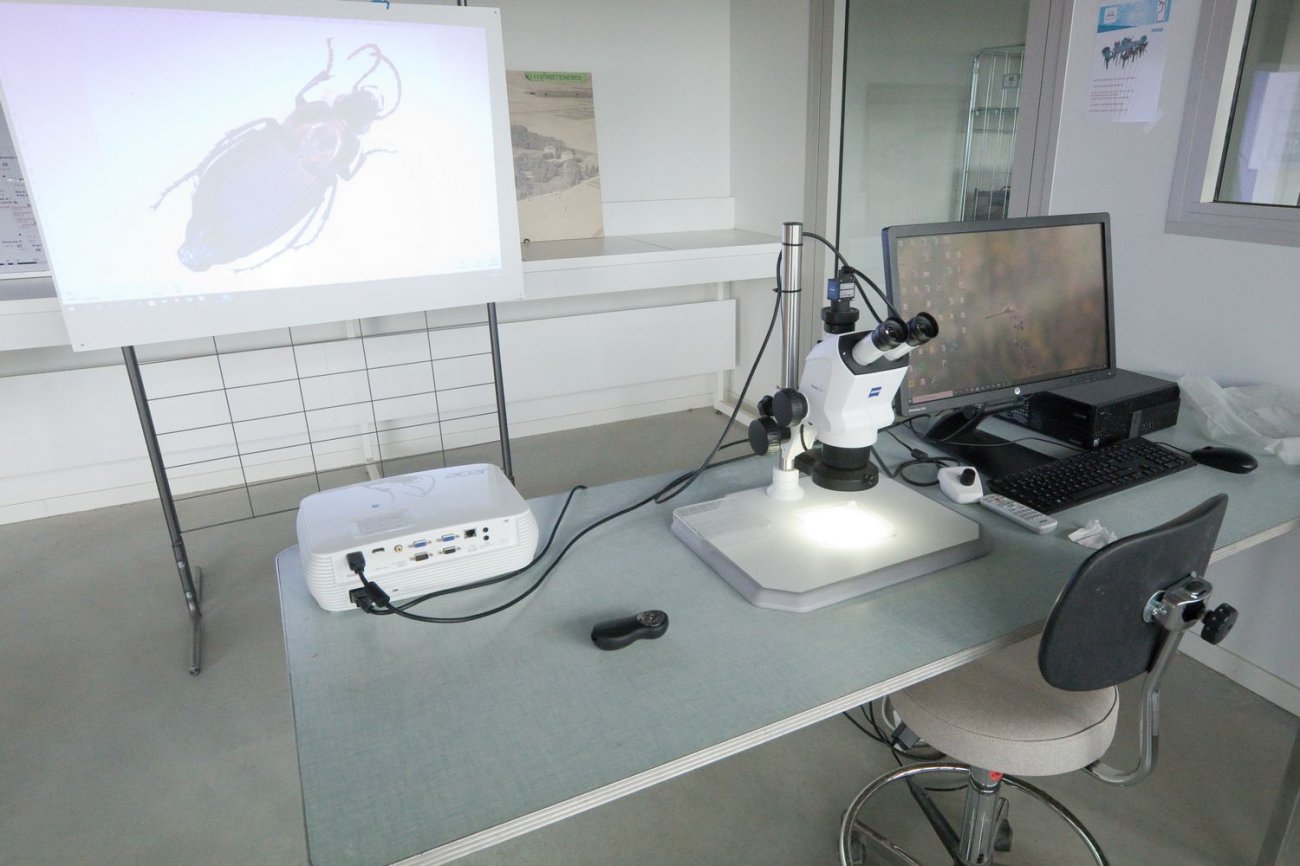


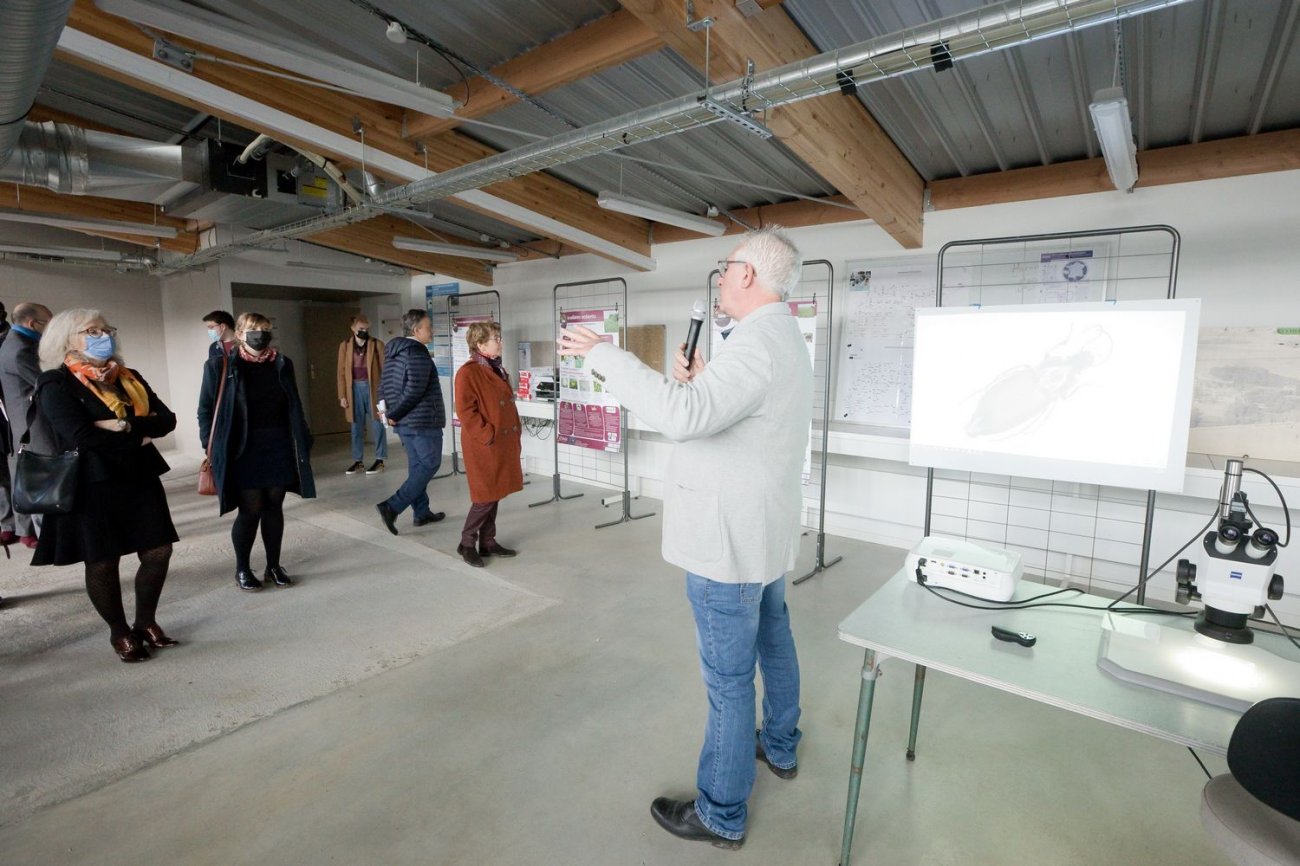
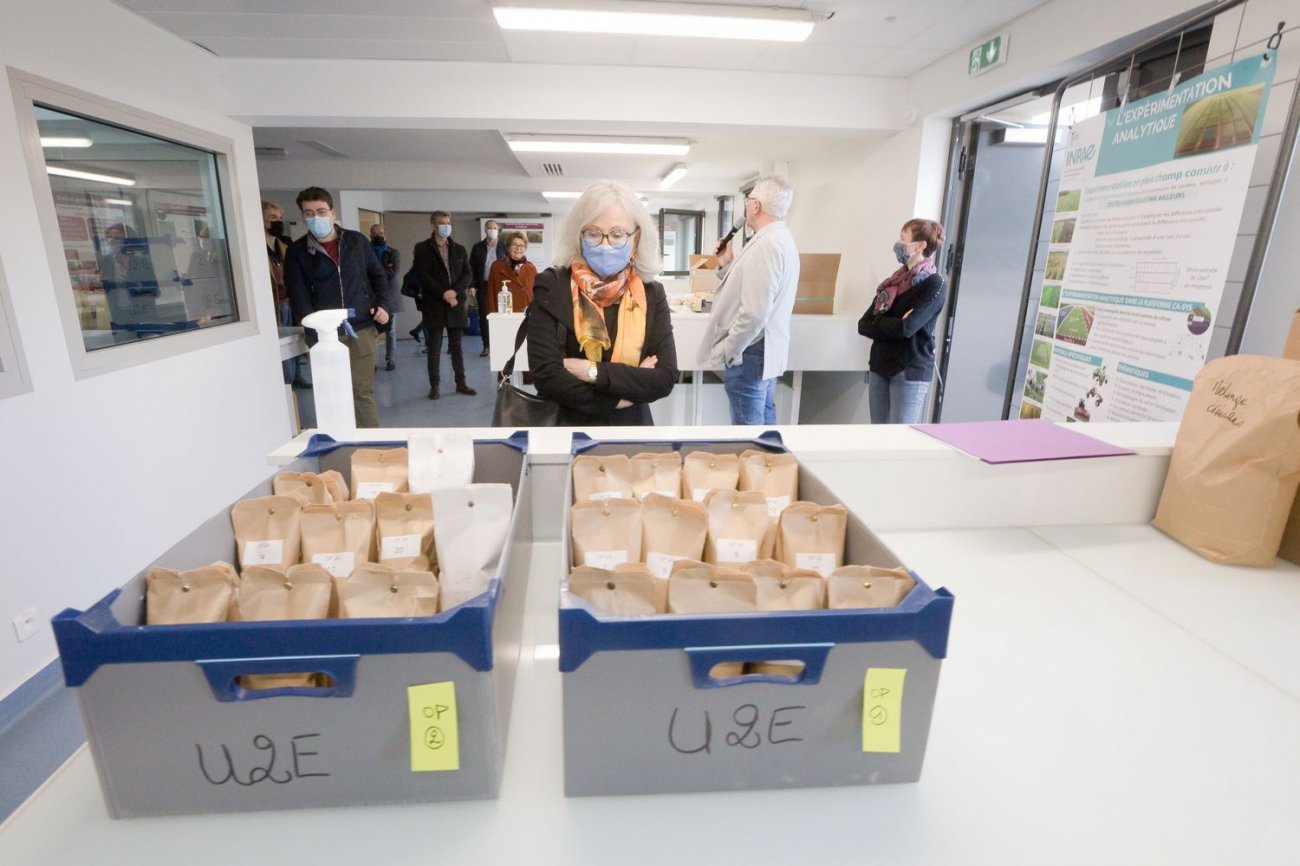
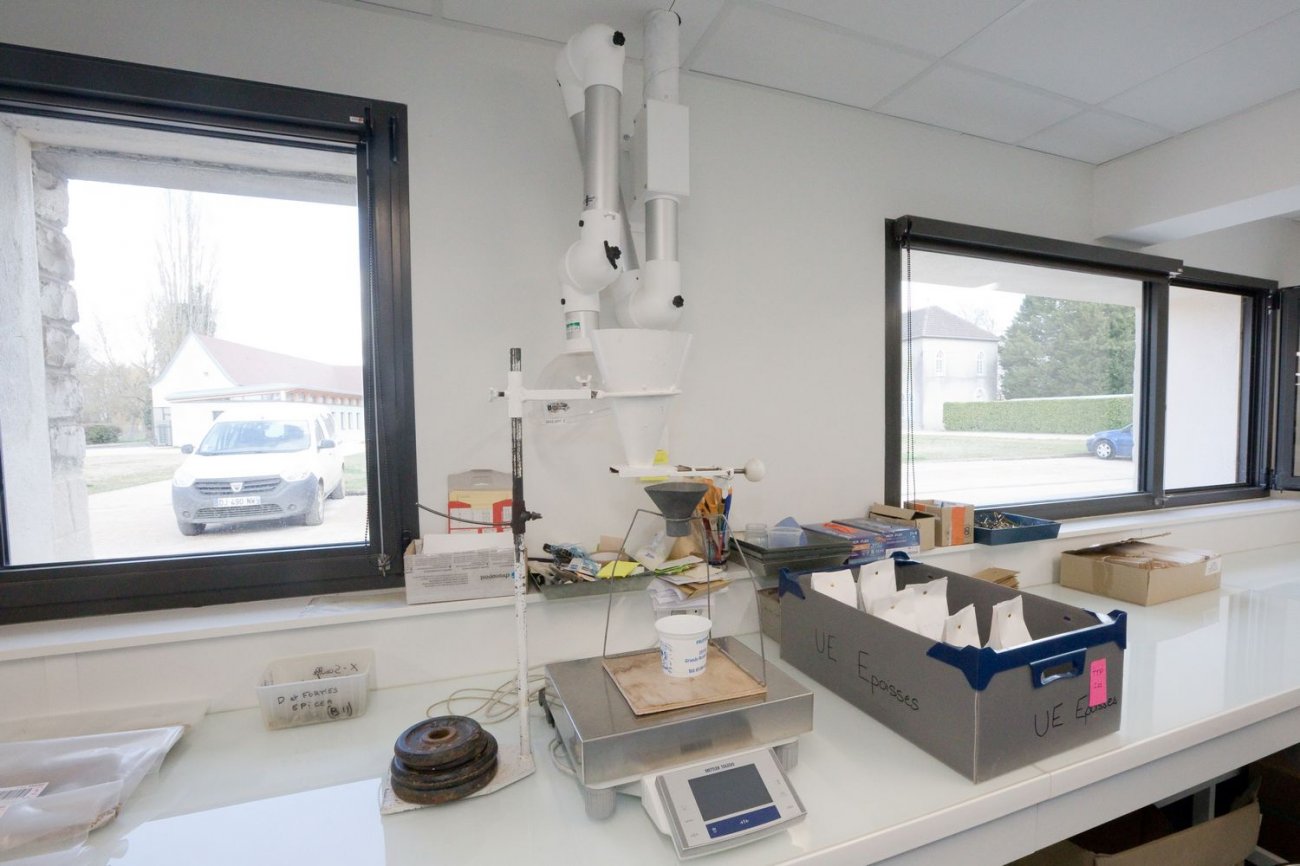
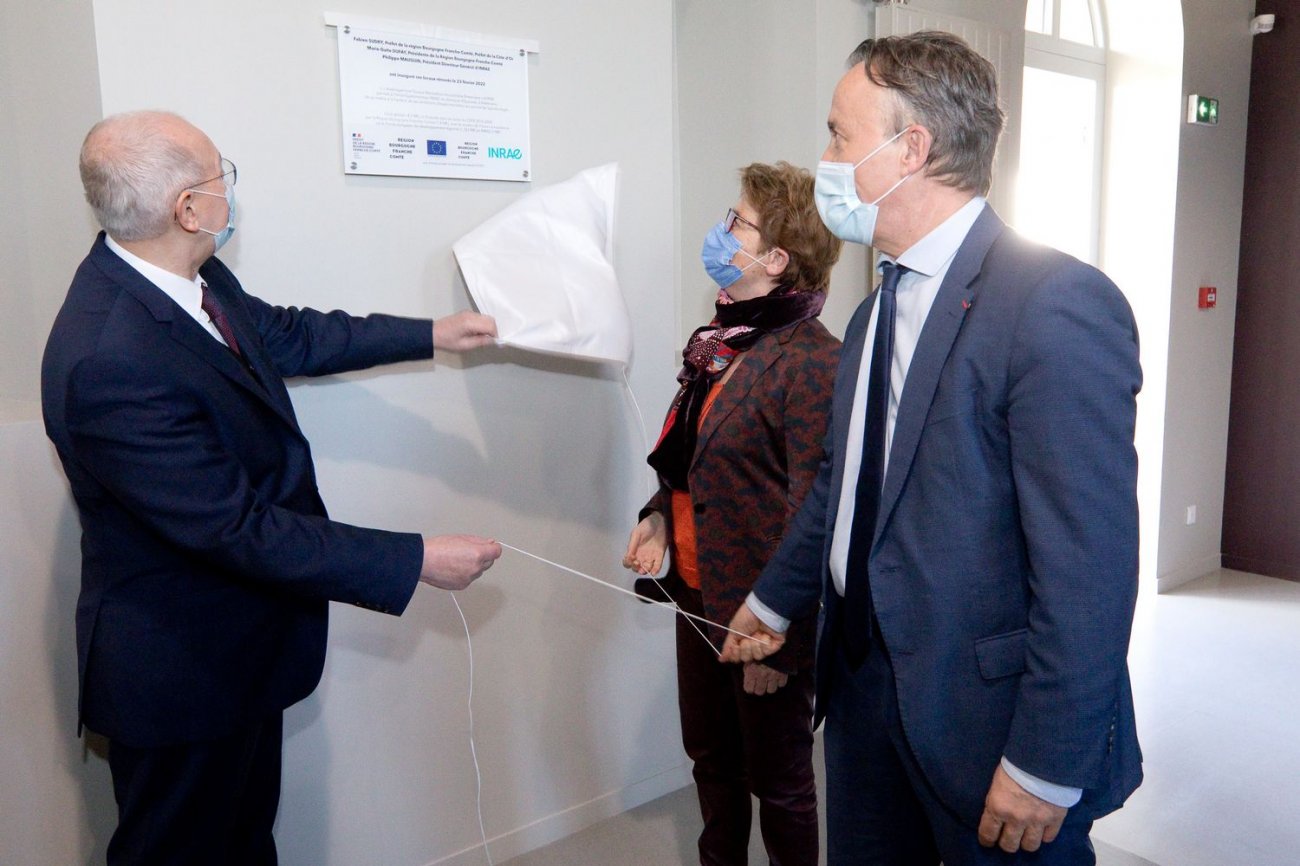
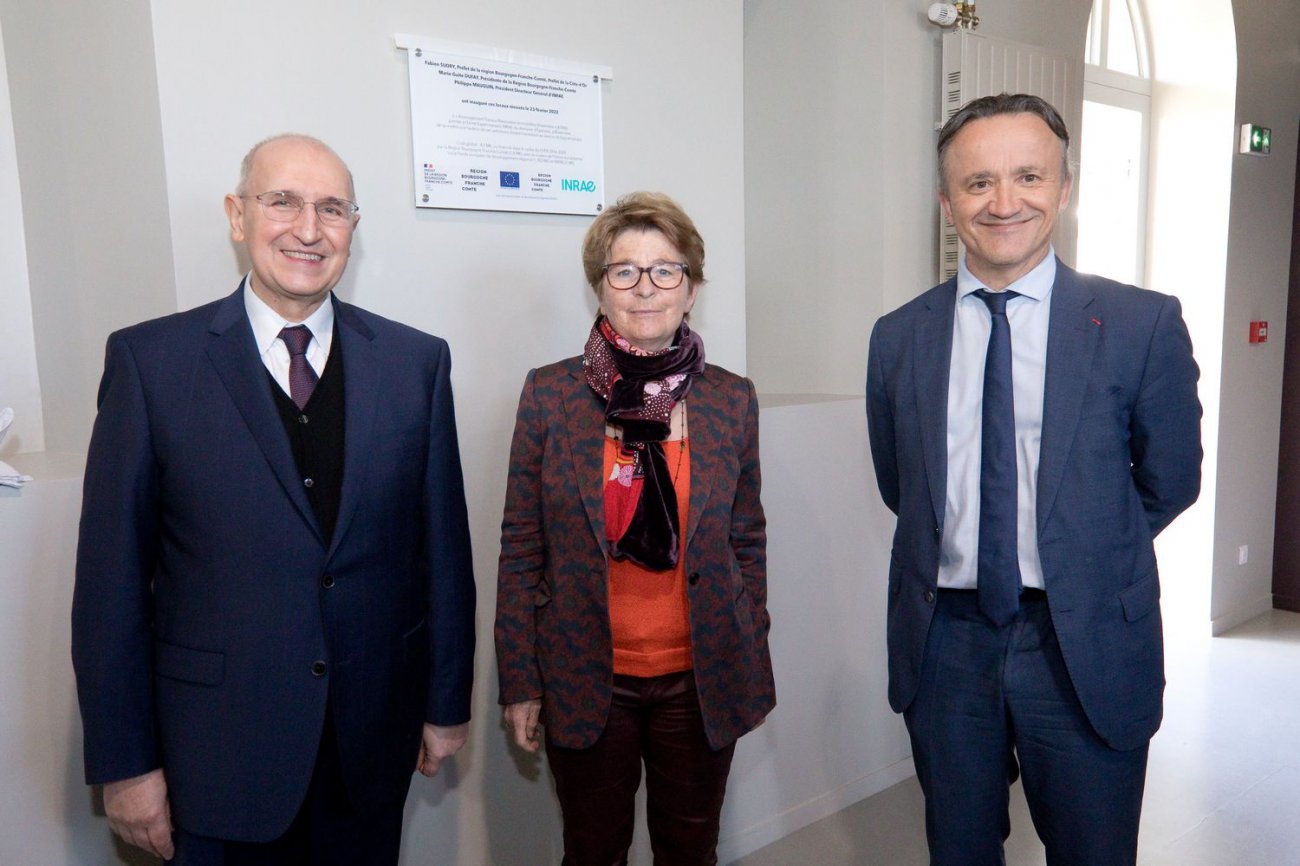
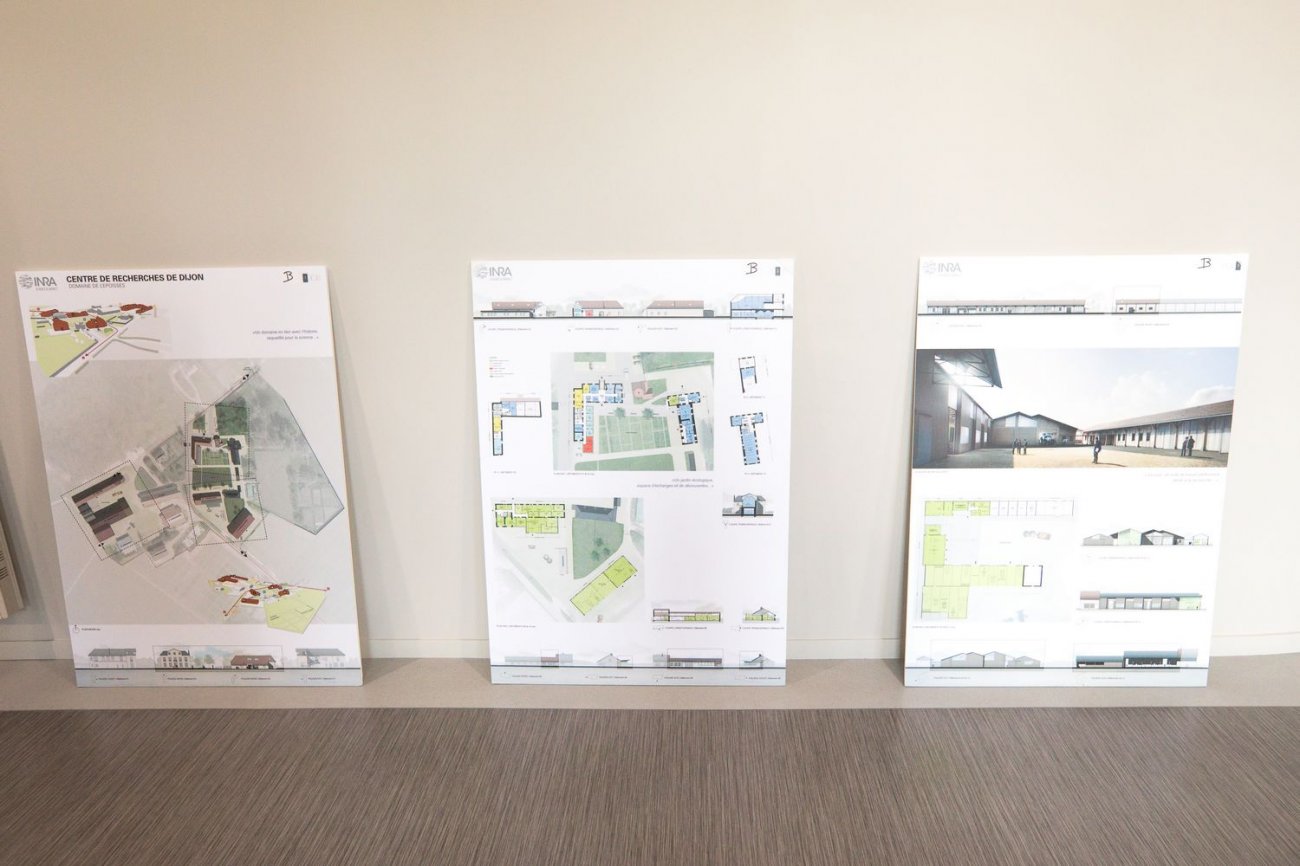
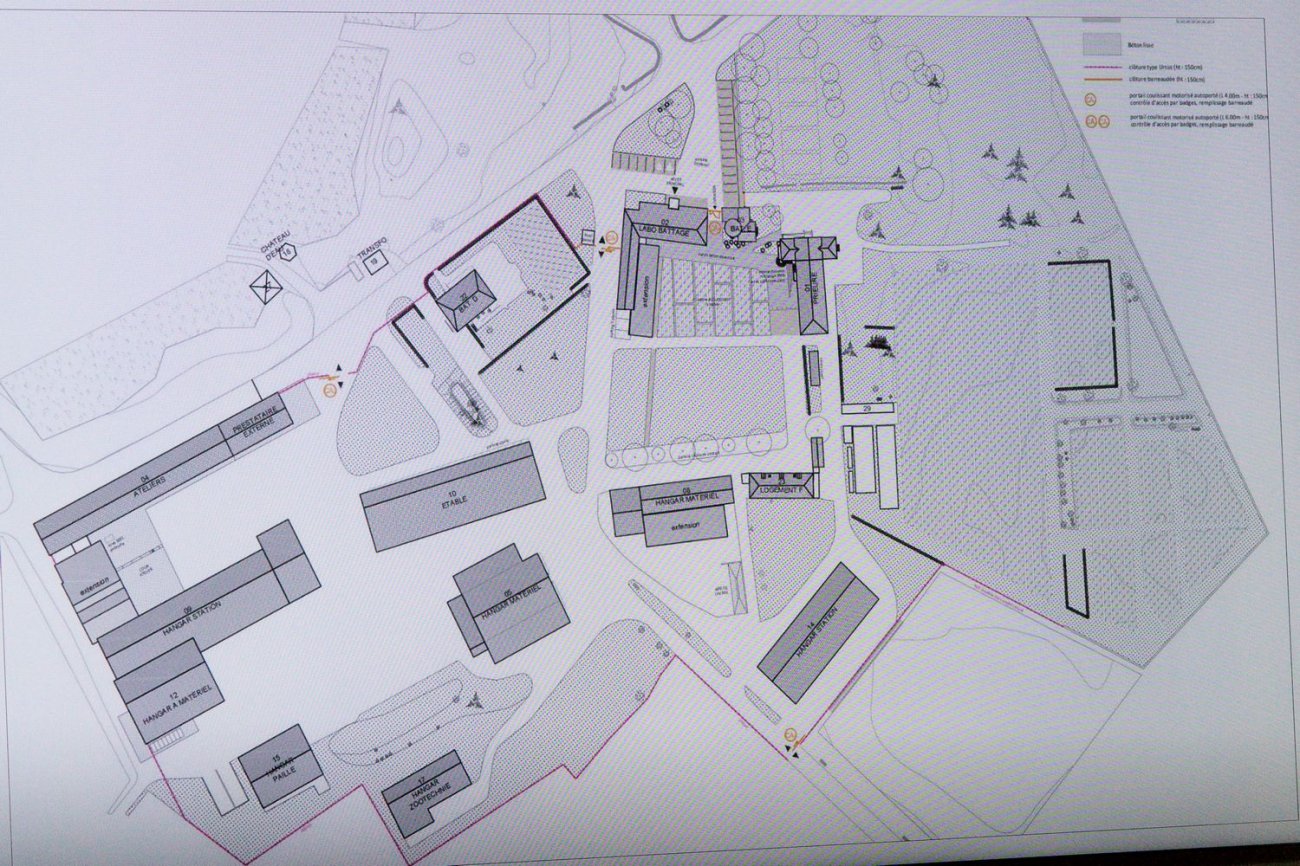
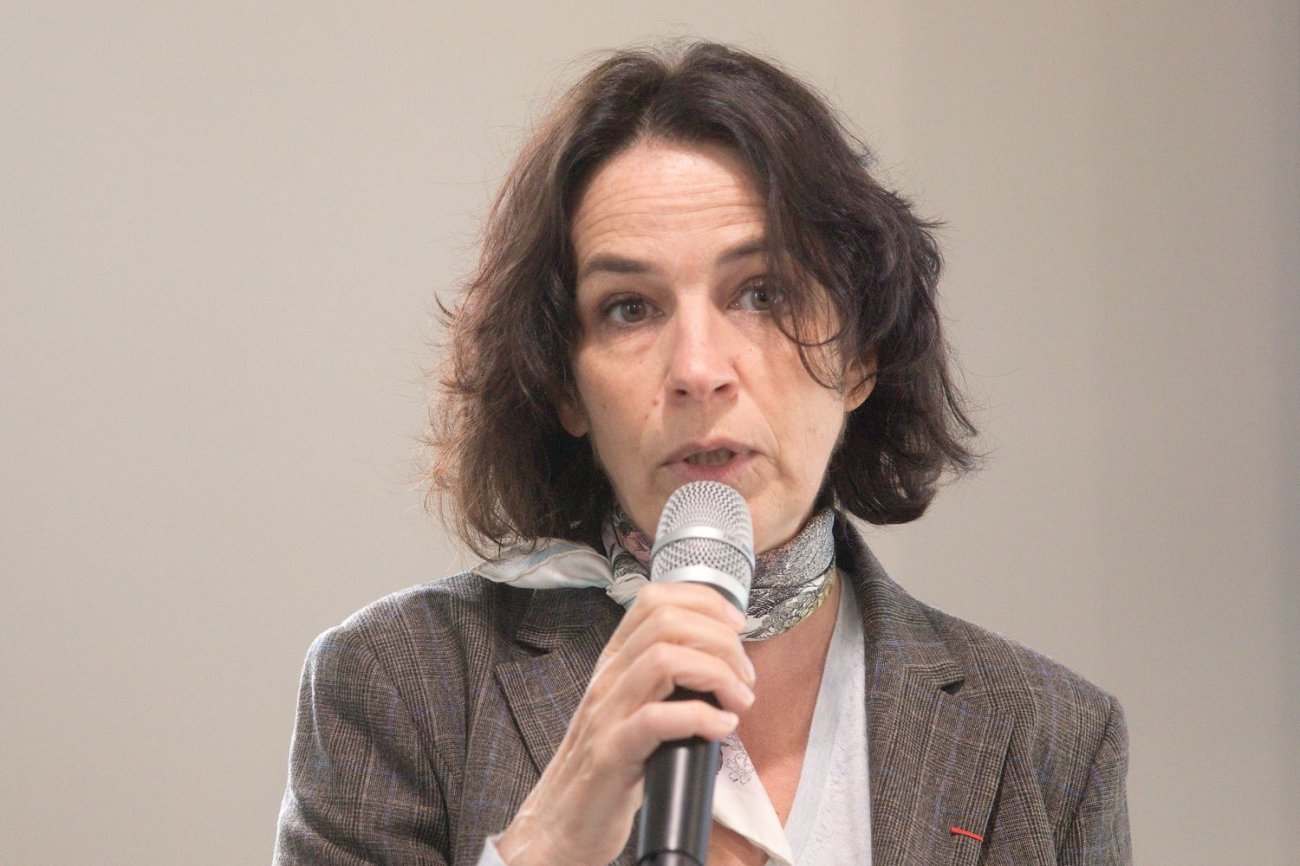
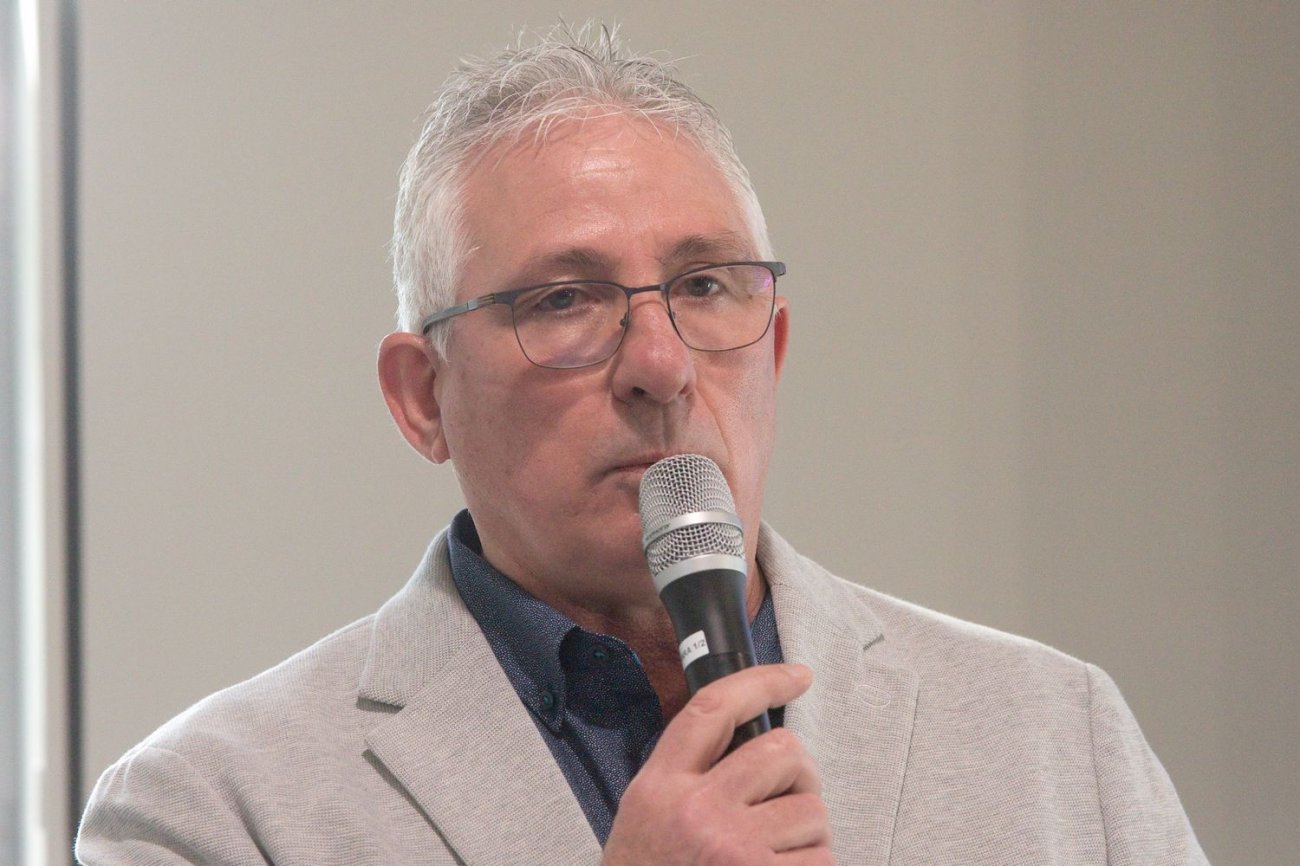
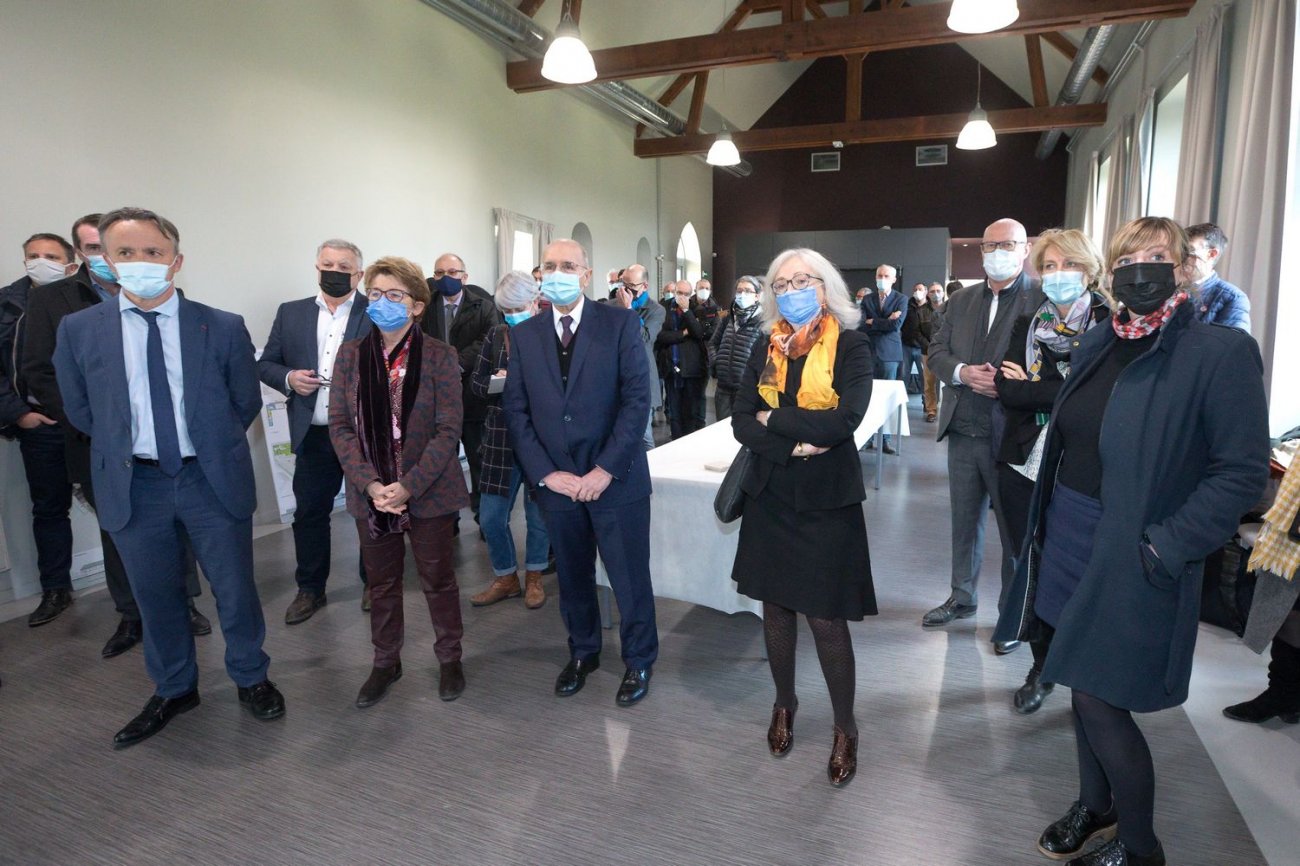
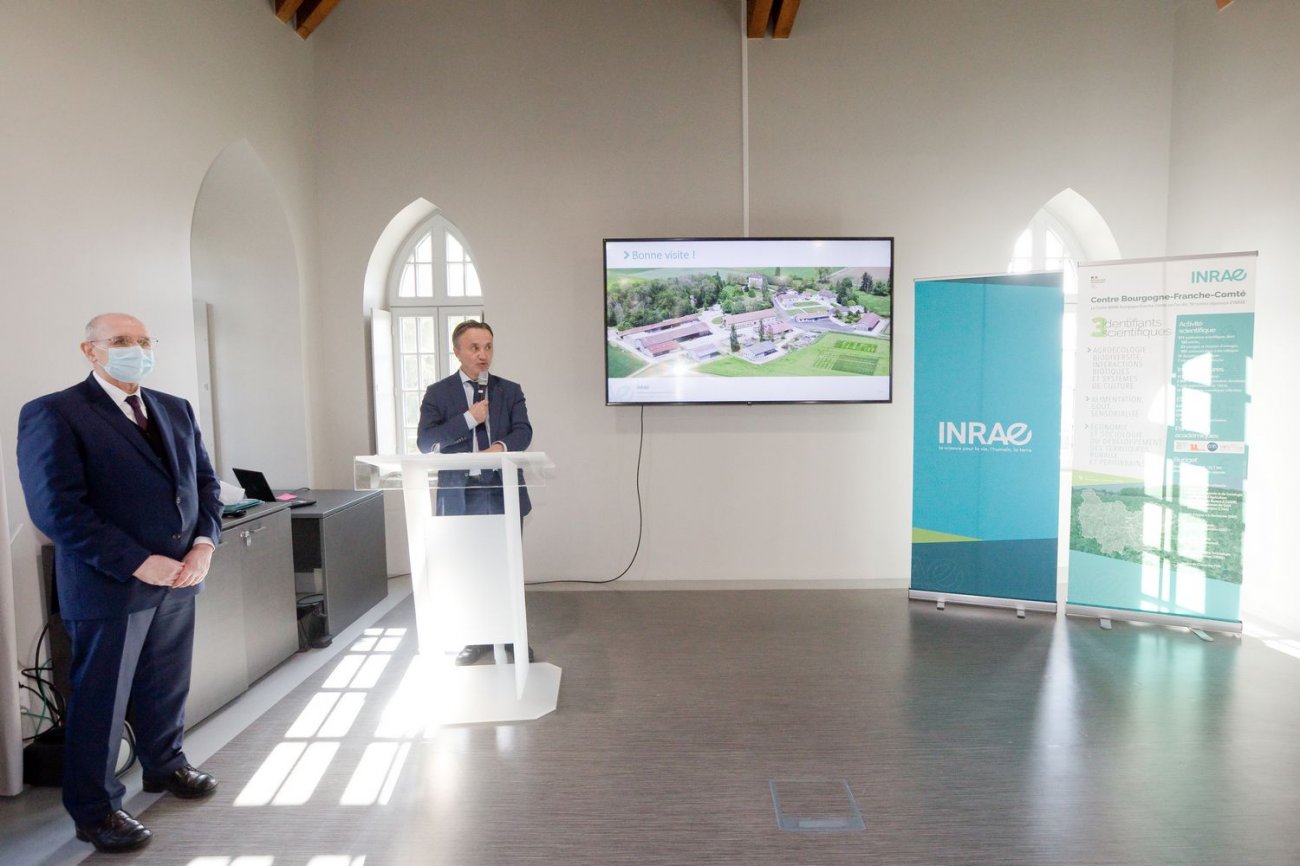
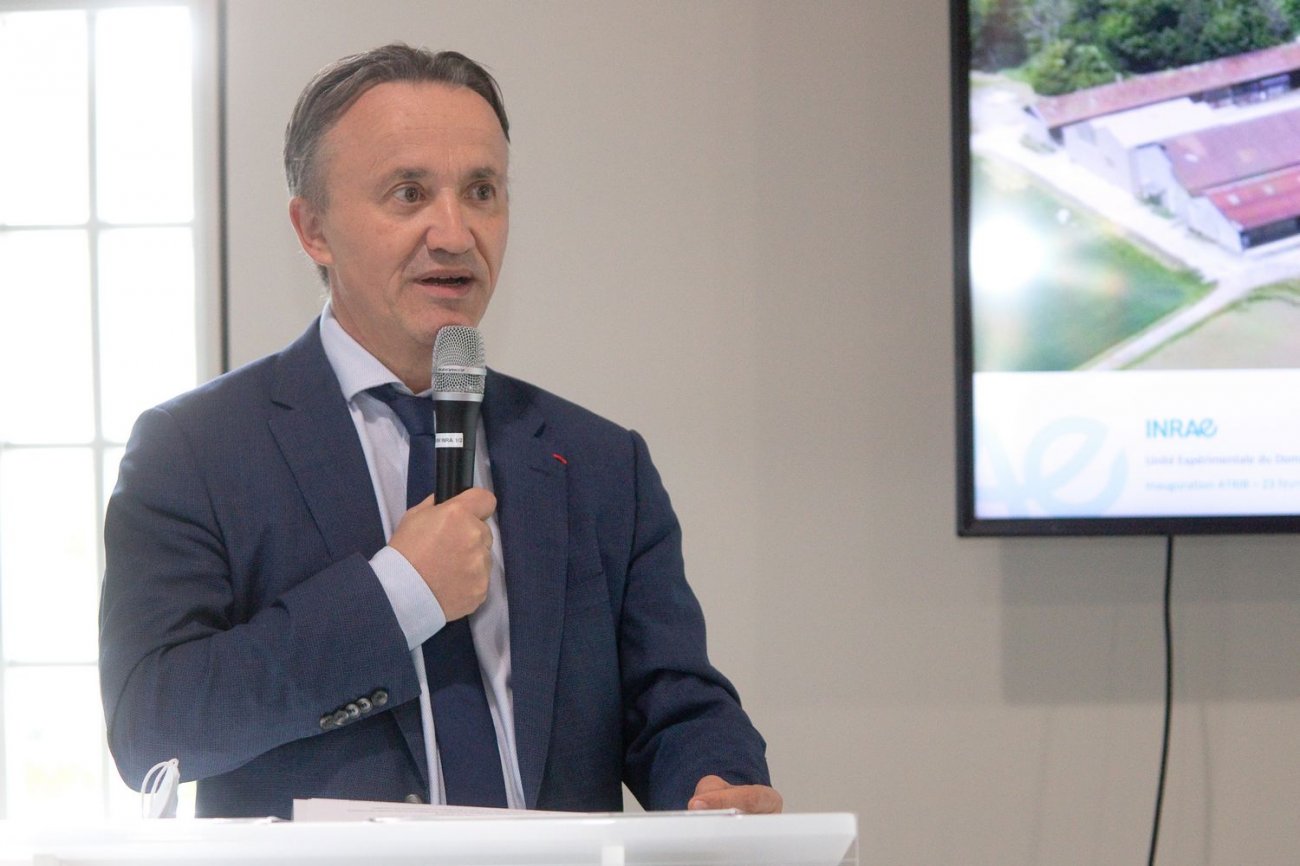

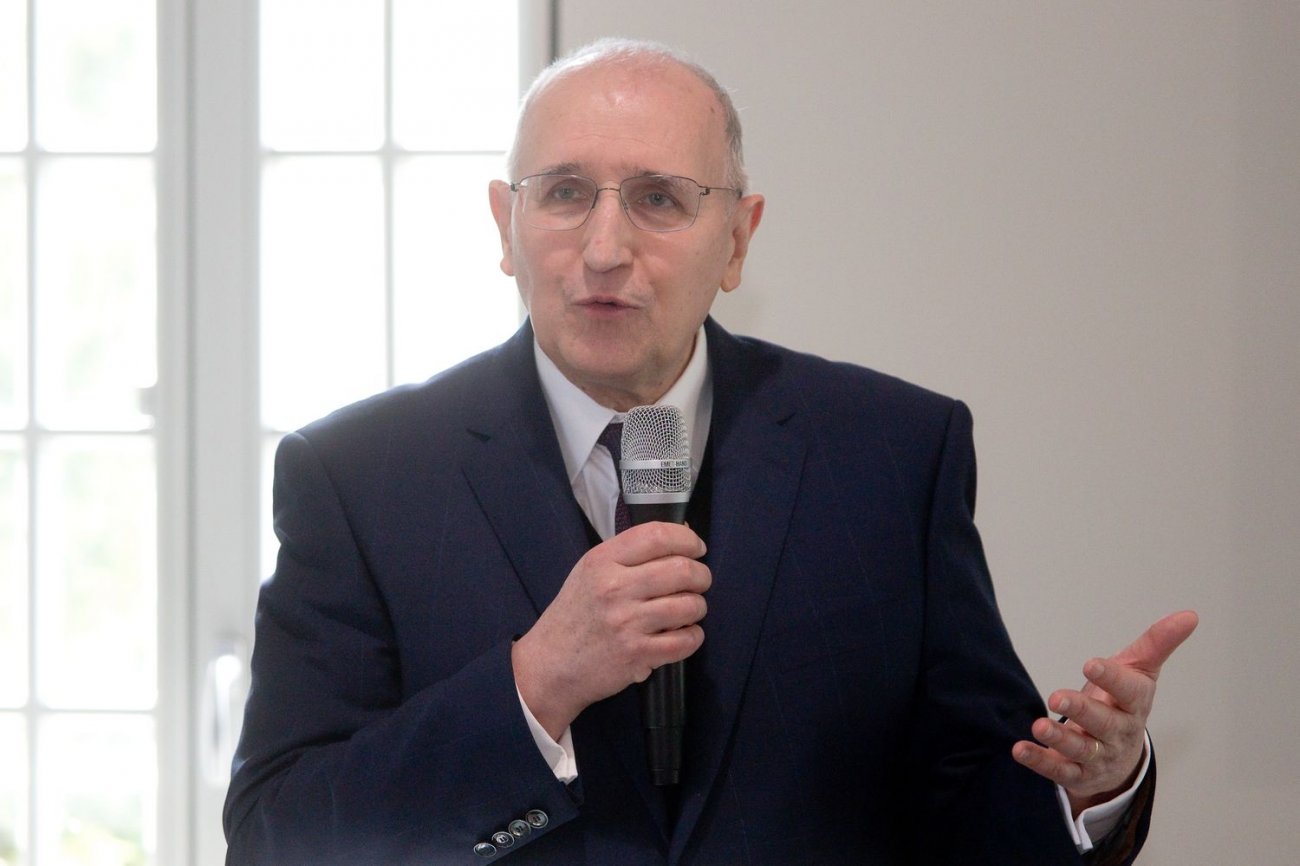

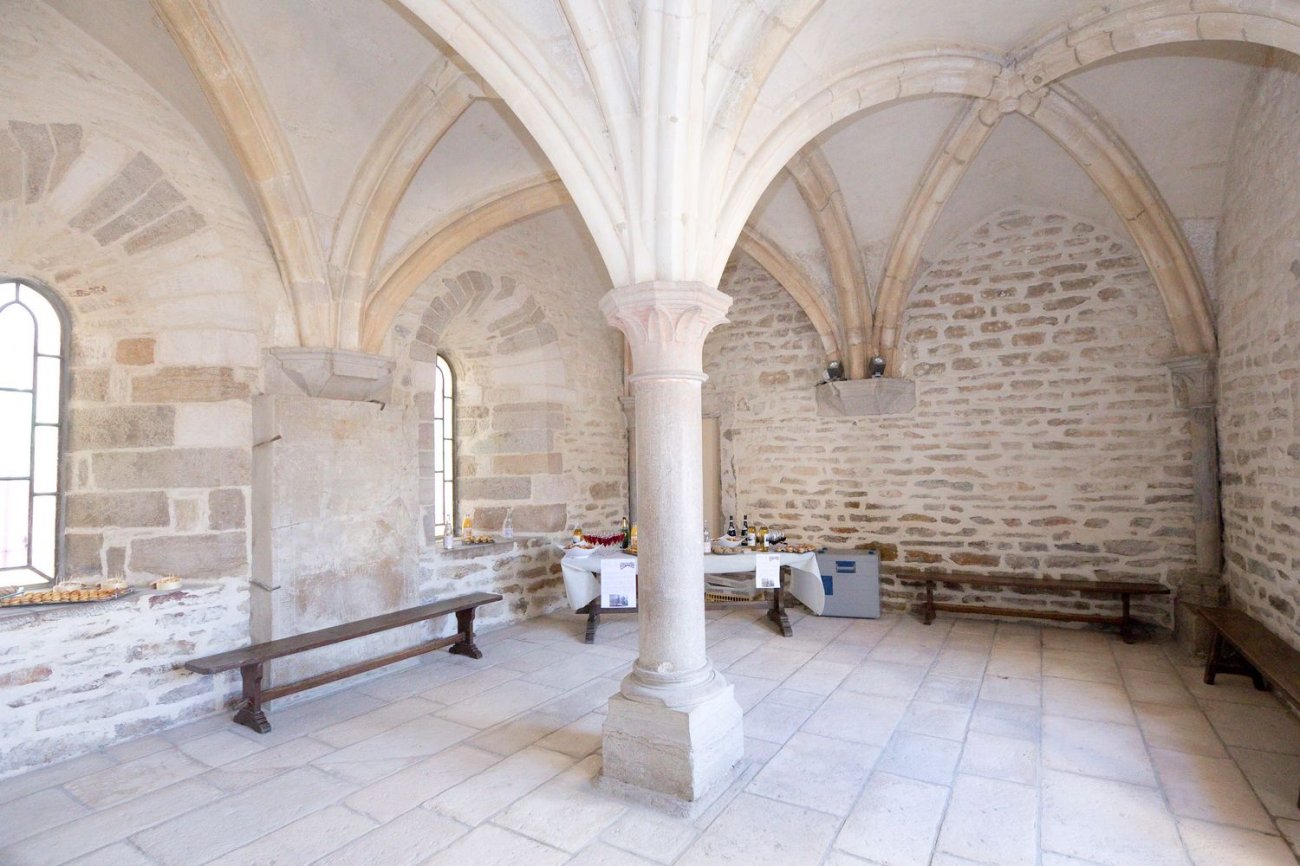
–

:quality(80)/cdn-kiosk-api.telegraaf.nl/71ca23c0-94cb-11ec-af33-0217670beecd.jpg)